- A+B Transceiver:
Principle:
- A+B transceivers use two separate optical fibers, one for upstream data transmission (A channel) and the other for downstream data transmission (B channel).
- Upstream and downstream data transmissions are completely separated and do not interfere with each other. Advantages:
- Separated upstream and downstream data transmission ensures high transmission efficiency and strong anti-interference capability.
- Relatively simple design and implementation.
- Flexible selection of upstream and downstream speeds based on actual requirements. Disadvantages:
- Requires two optical fibers, resulting in low fiber resource utilization.
- Higher installation and cabling costs.
- Single-Fiber BIDIrectional (BIDI) Transceiver:
Principle:
- Single-fiber bidirectional (BIDI) transceivers use a single optical fiber, with upstream and downstream data transmitted using different wavelengths.
- Wavelength division multiplexing technology is used to achieve bidirectional data transmission over a single fiber. Advantages:
- Requires only one optical fiber, resulting in high fiber resource utilization.
- Lower installation and cabling costs. Disadvantages:
- Upstream and downstream data share a single fiber, leading to potential interference.
- Upstream and downstream speeds are relatively limited, dependent on the optical wavelength characteristics.
- More complex design and implementation, resulting in higher costs.
In the context of Gigabit networks, the single-fiber bidirectional (BIDI) transceiver technology is particularly advantageous. Its stability and cost-effectiveness make it well-suited for large-scale deployments in FTTH (Fiber-to-the-Home) and enterprise campus networks. While it may face some interference between upstream and downstream data, the overall cost-benefit ratio is higher compared to A+B transceivers, which are more suitable for specialized applications with strict performance and reliability requirements.


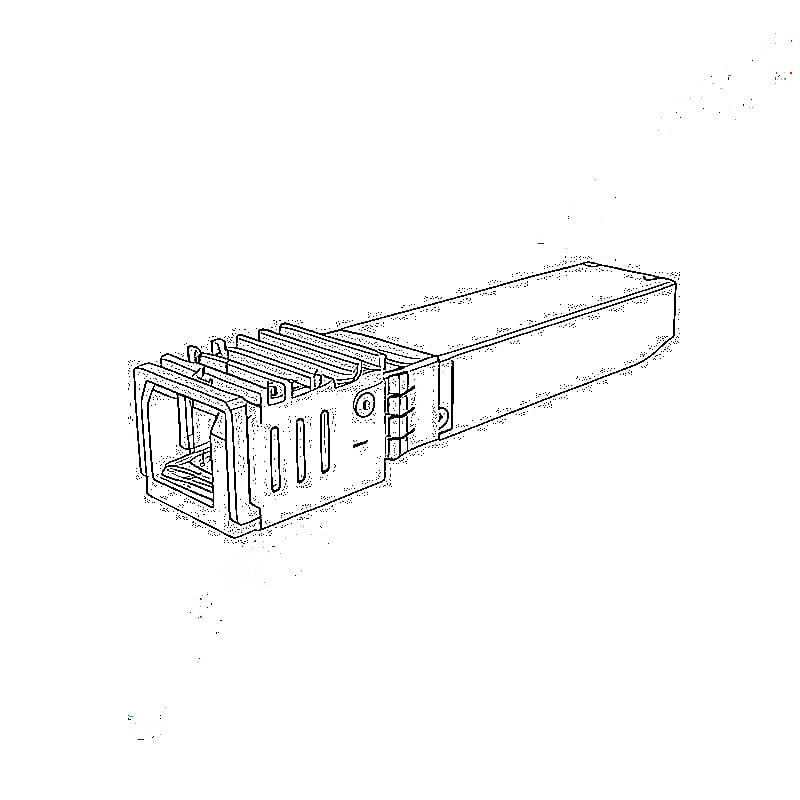
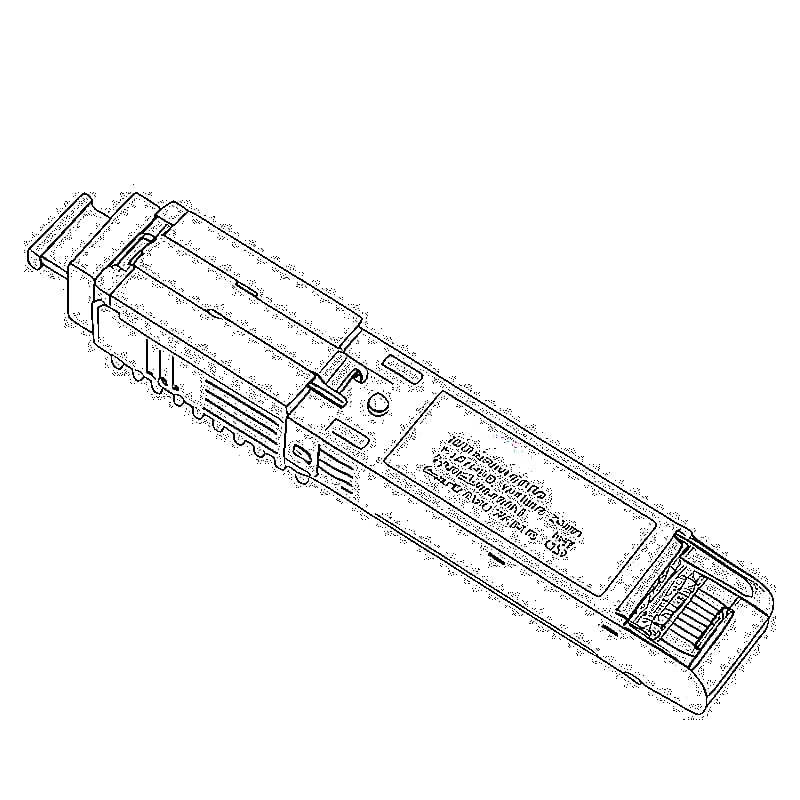
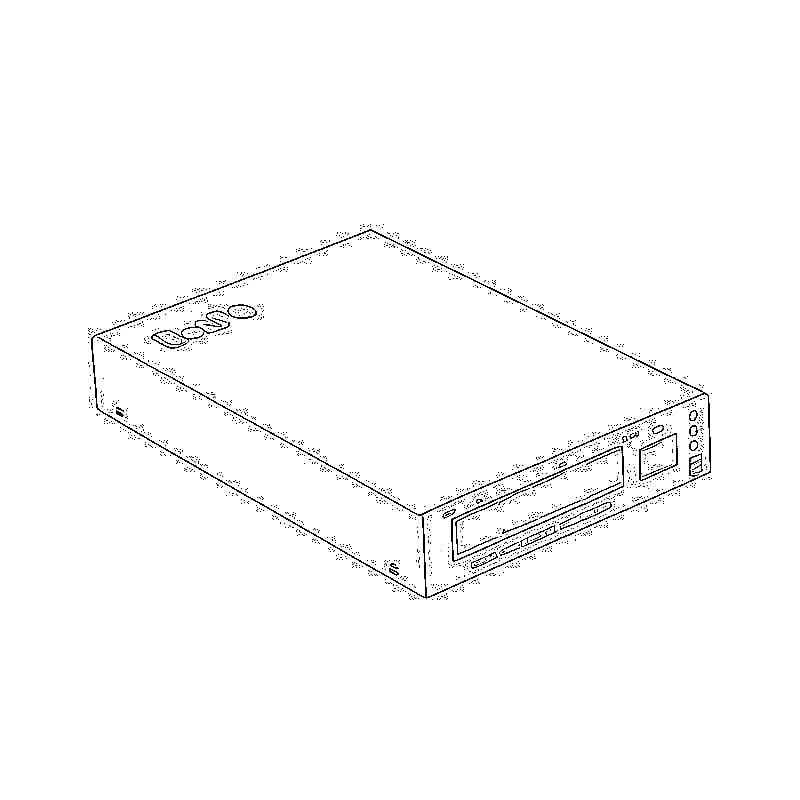
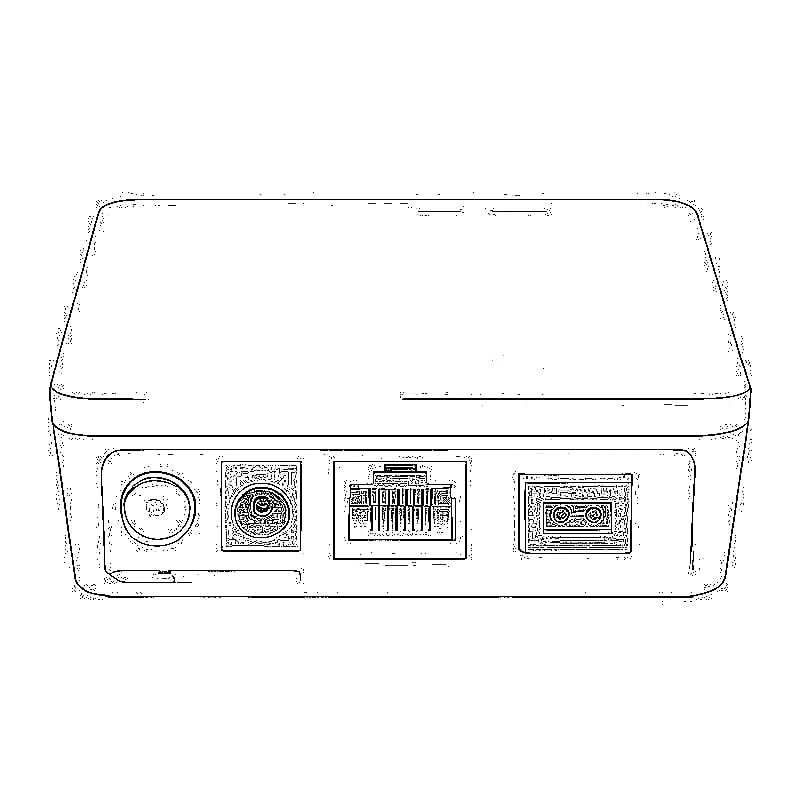
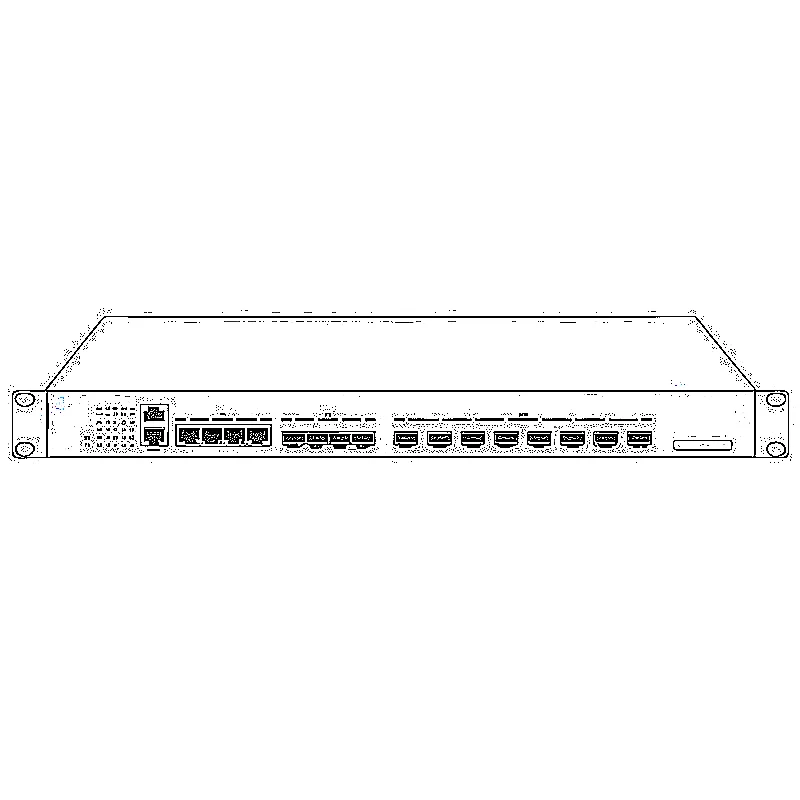
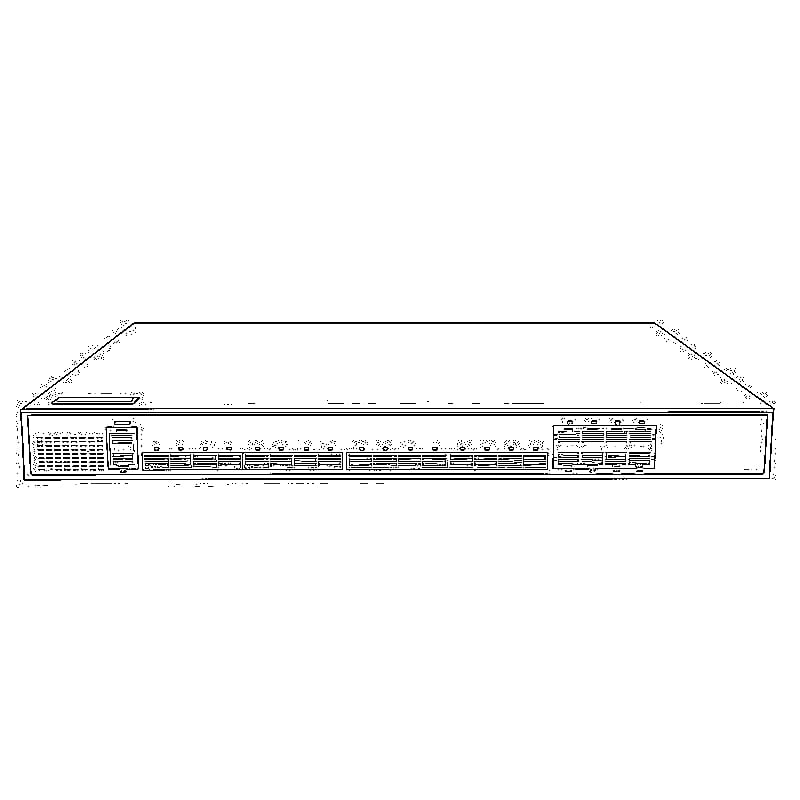
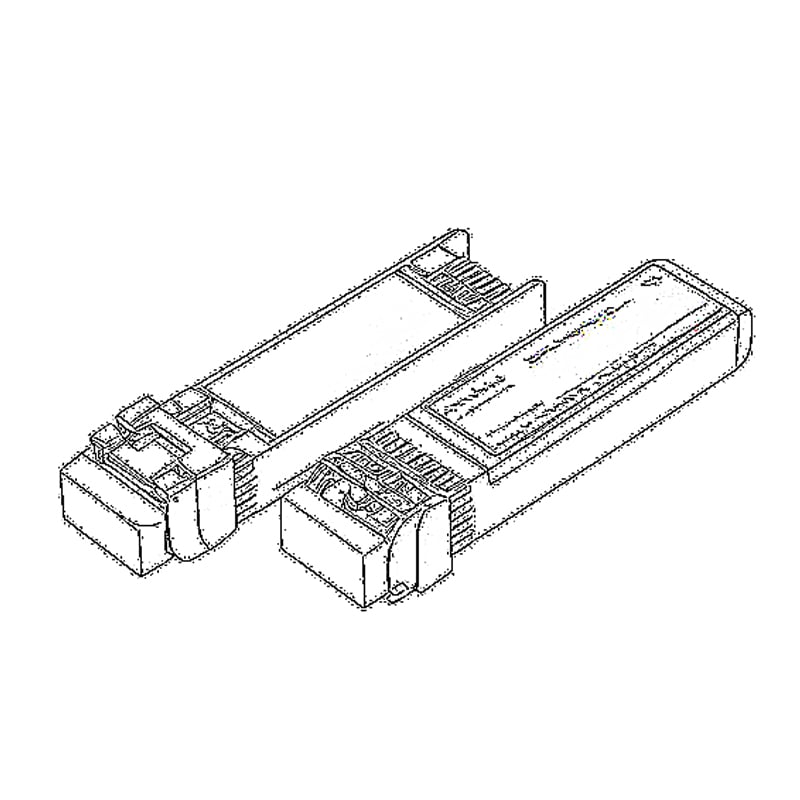
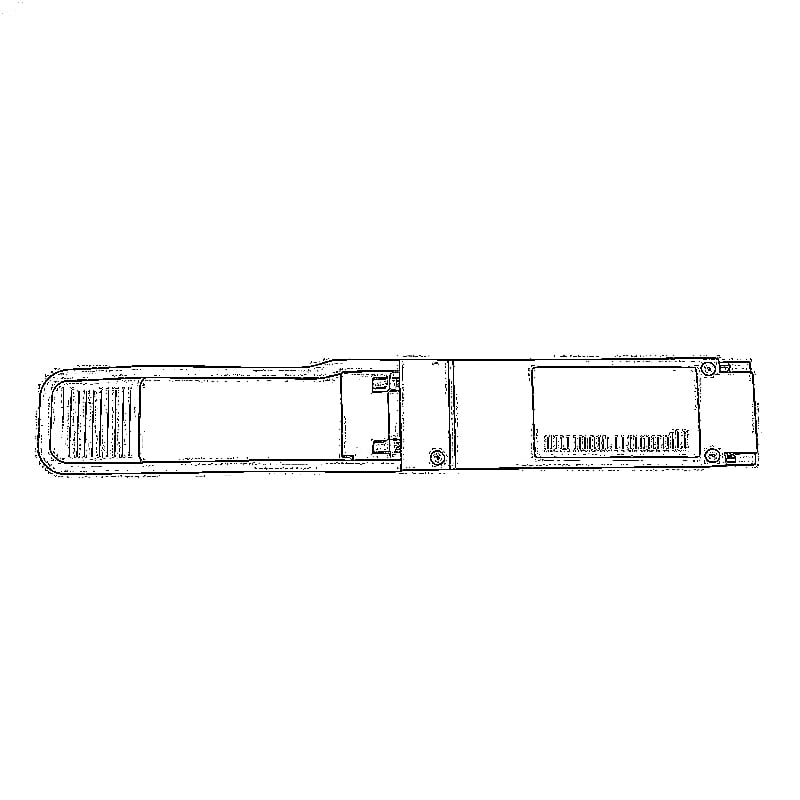
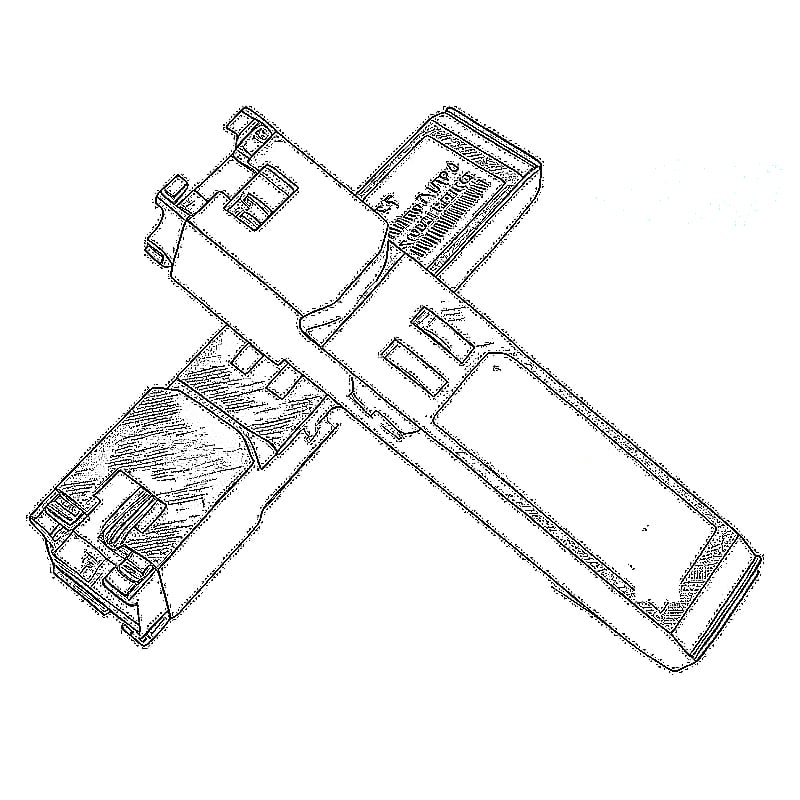
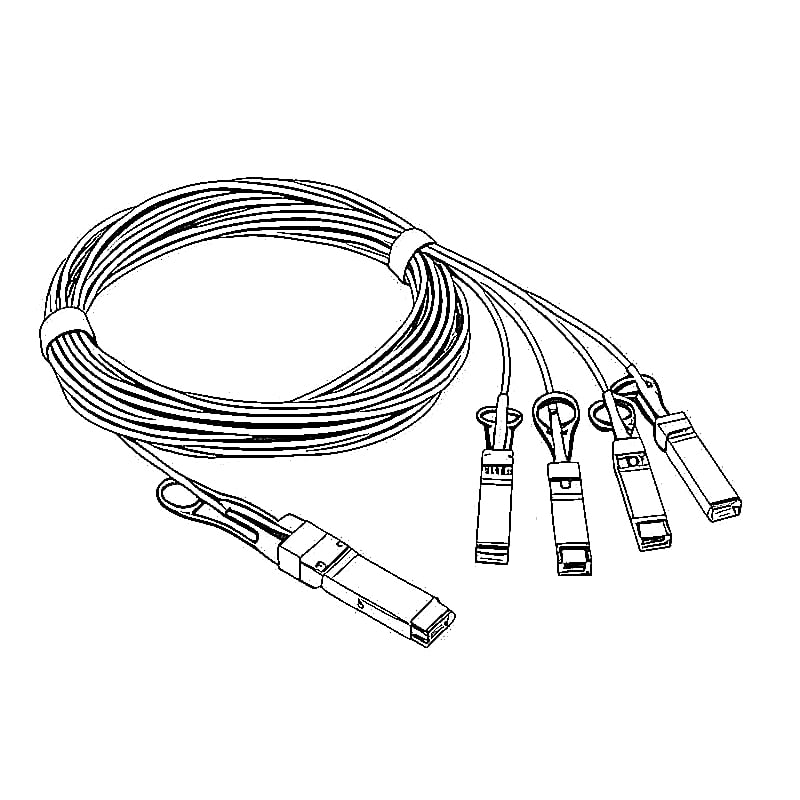
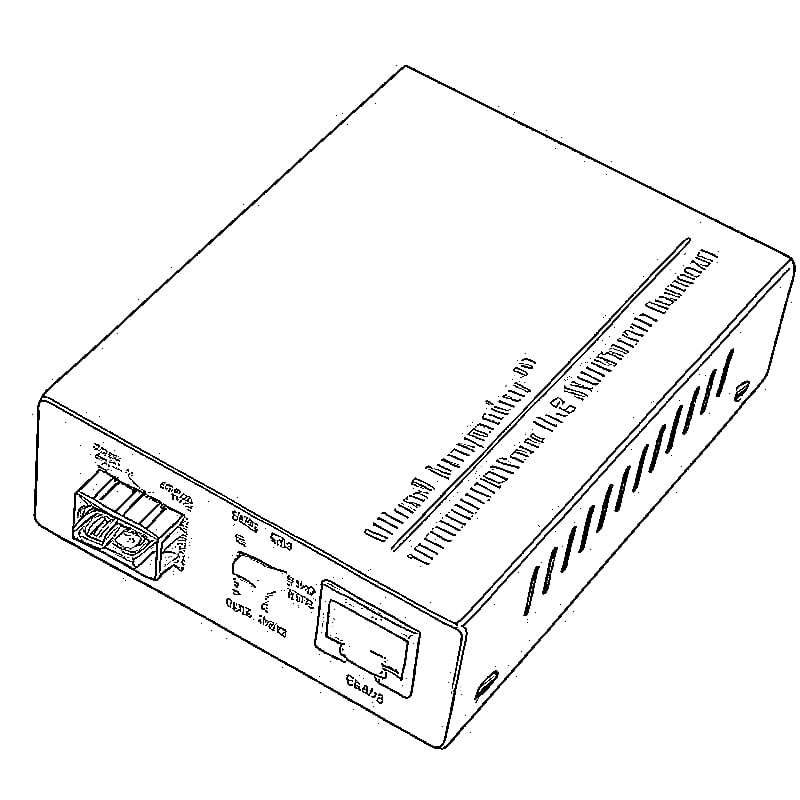
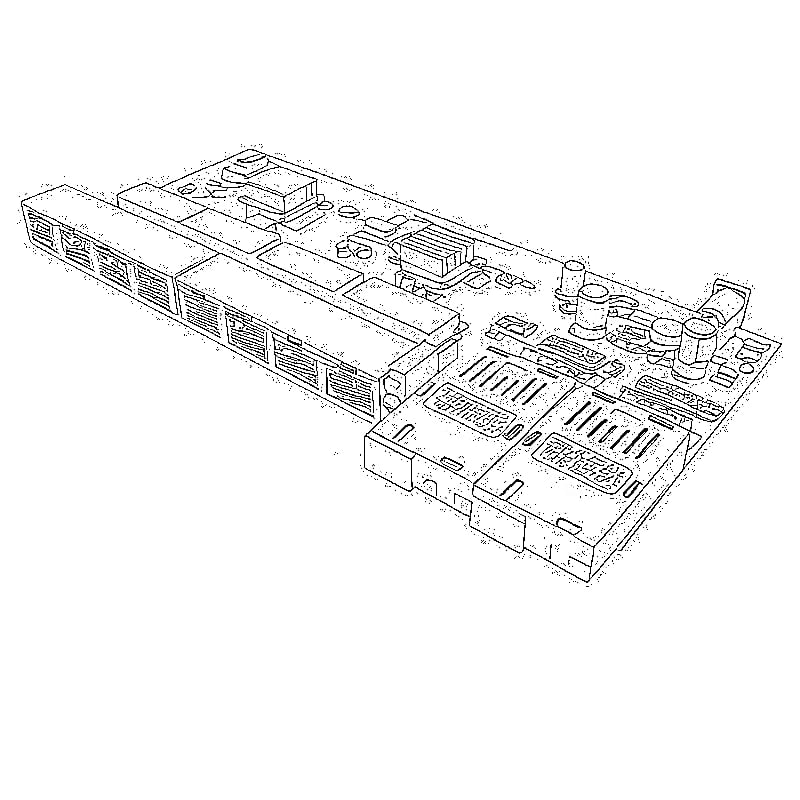
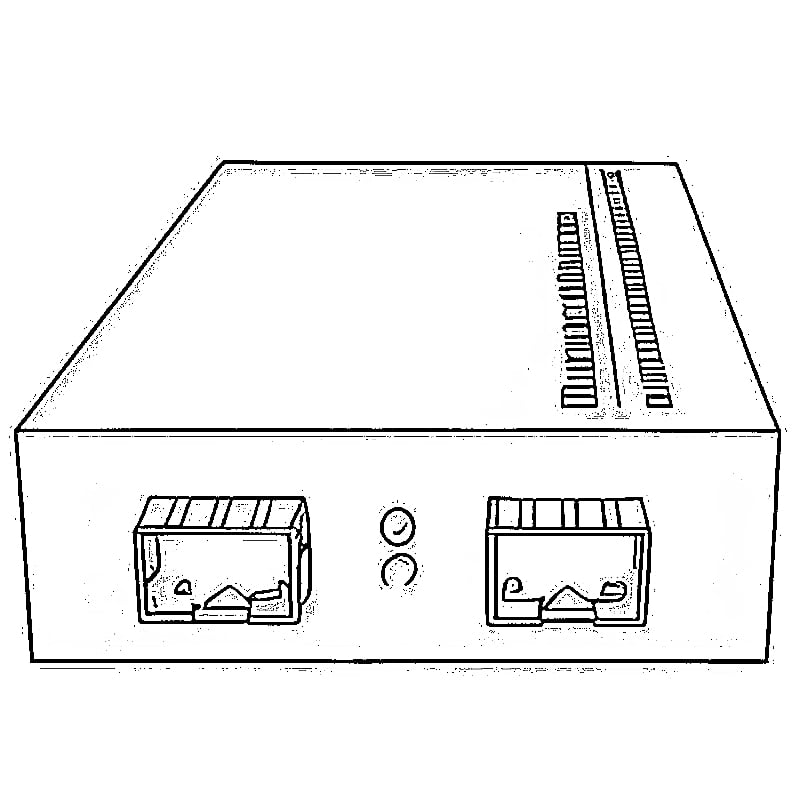
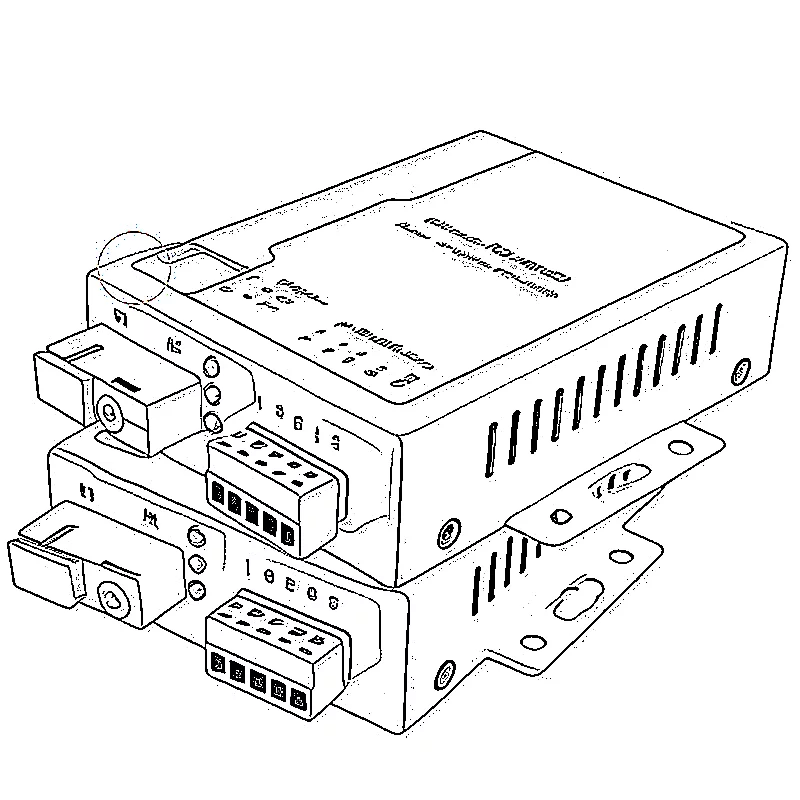
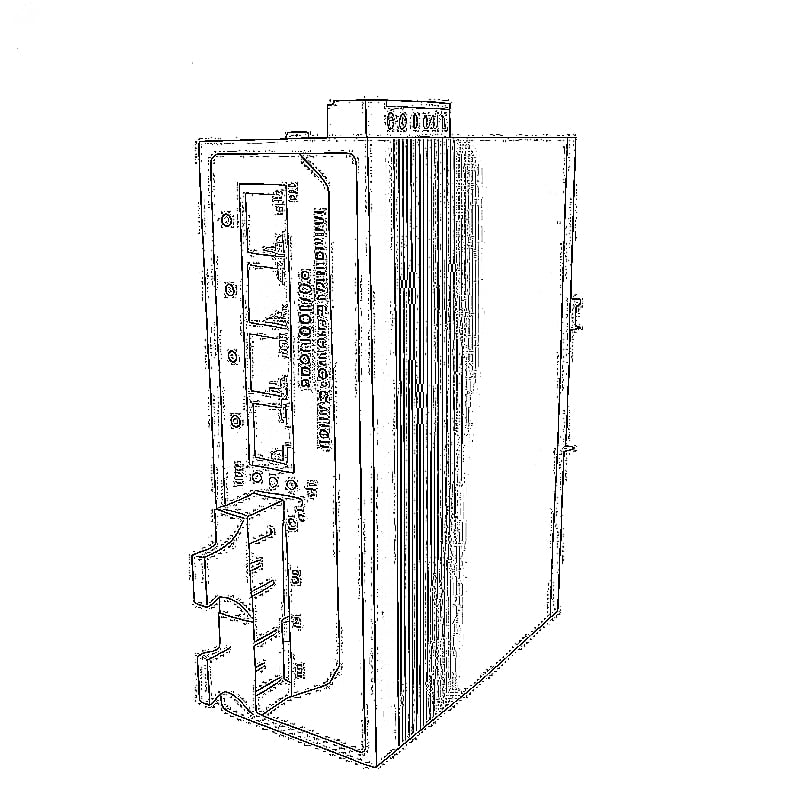
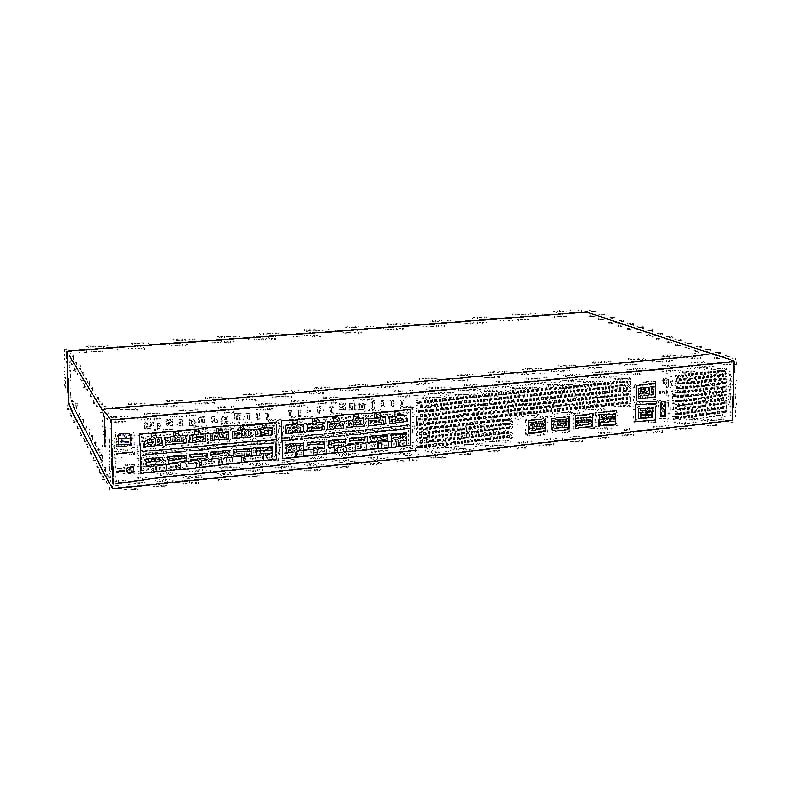
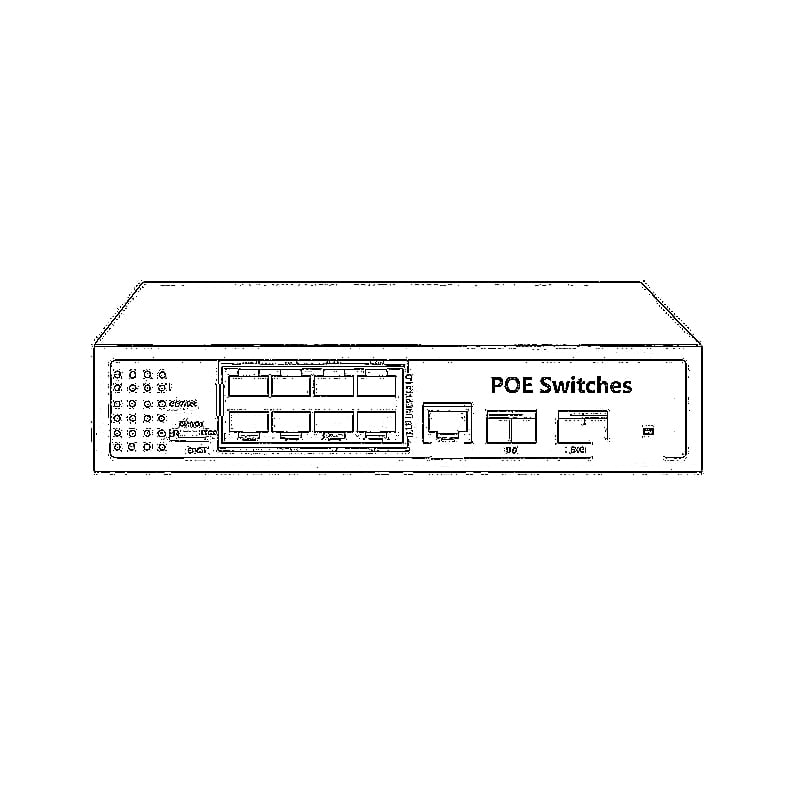
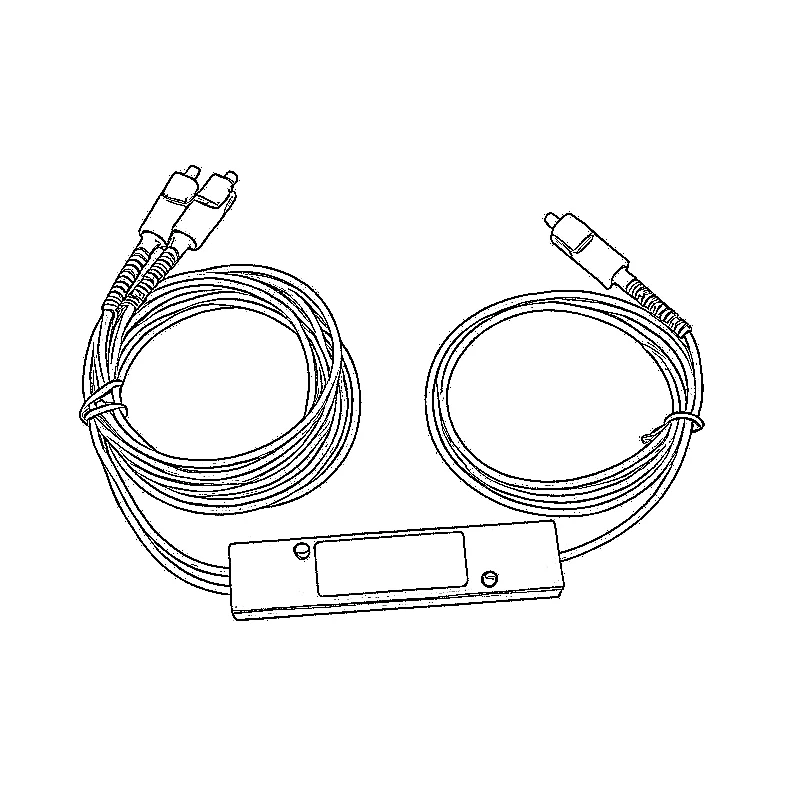
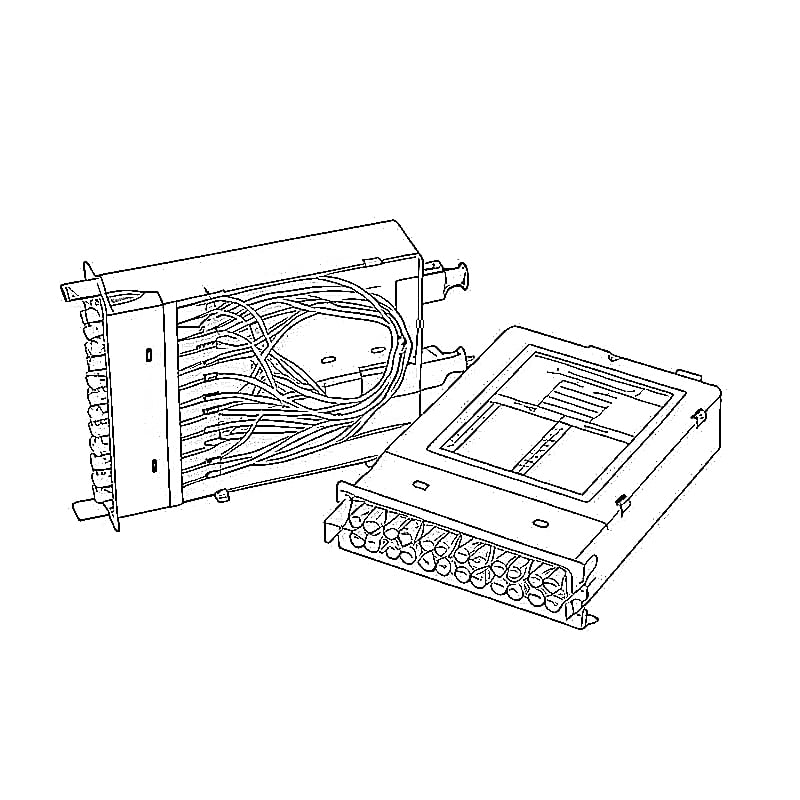
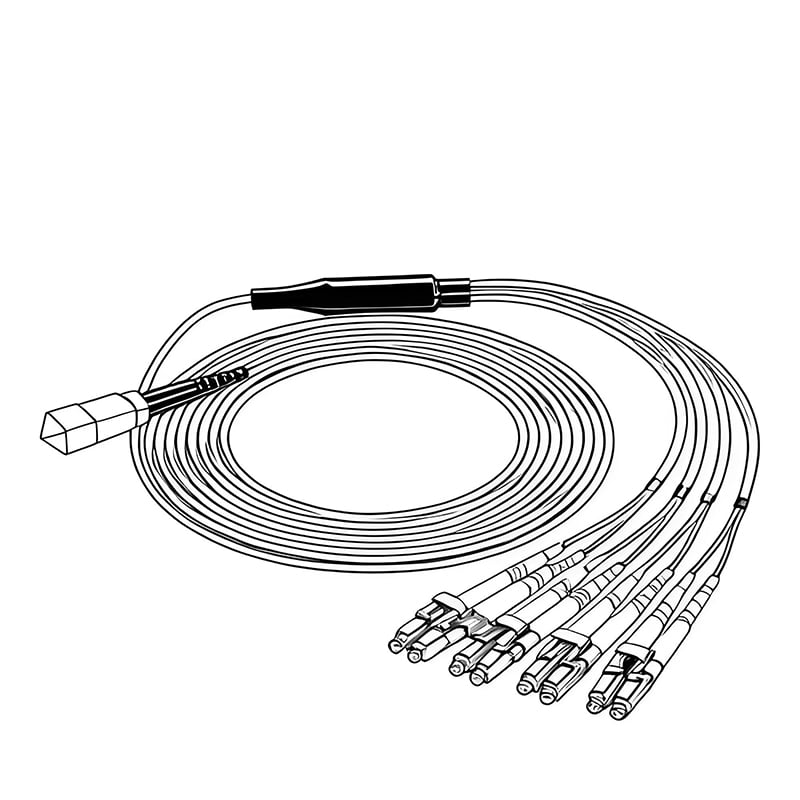
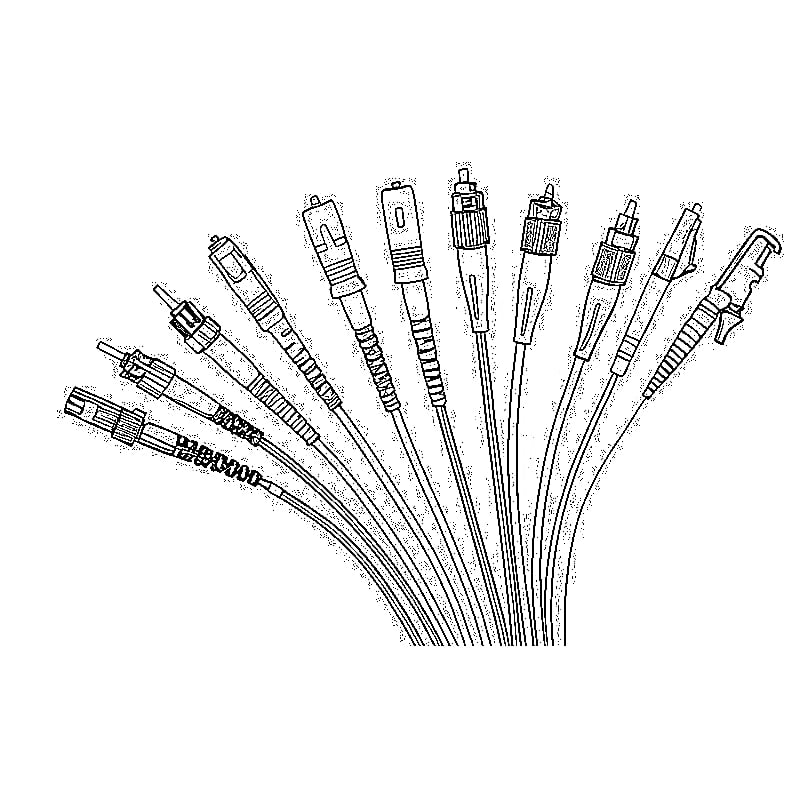

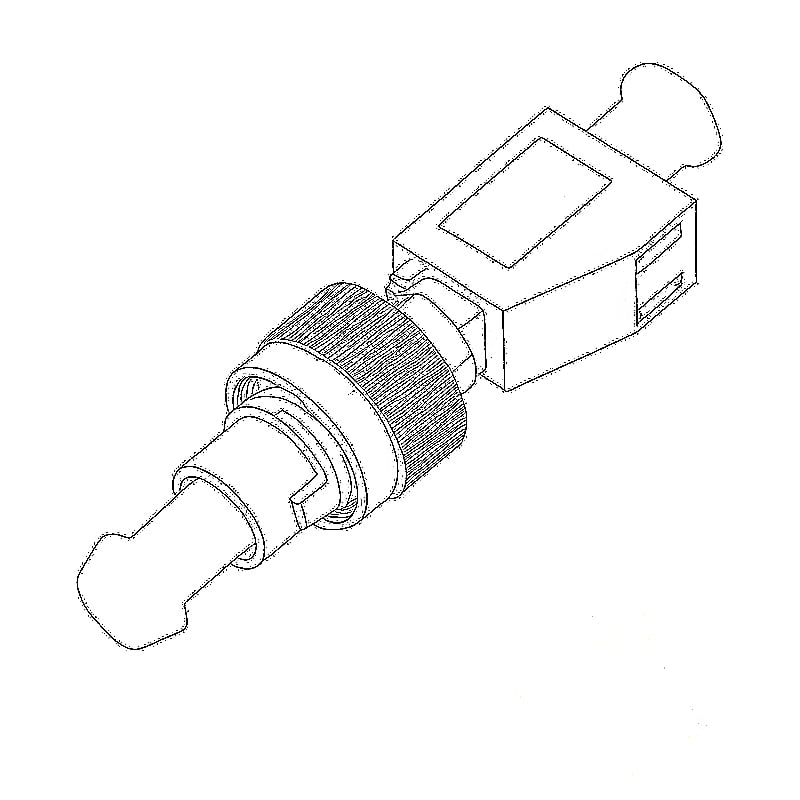
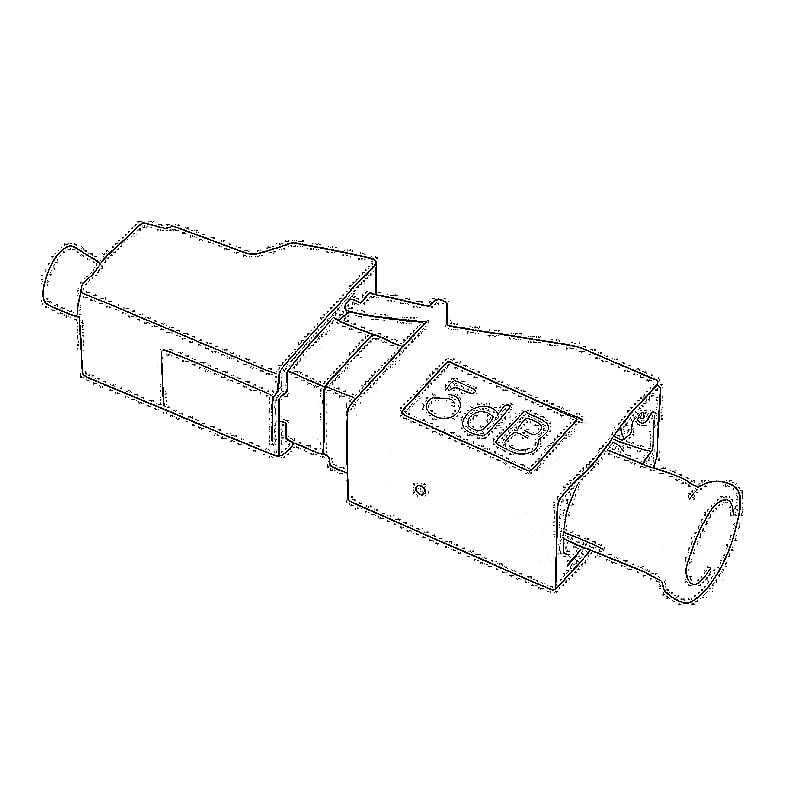
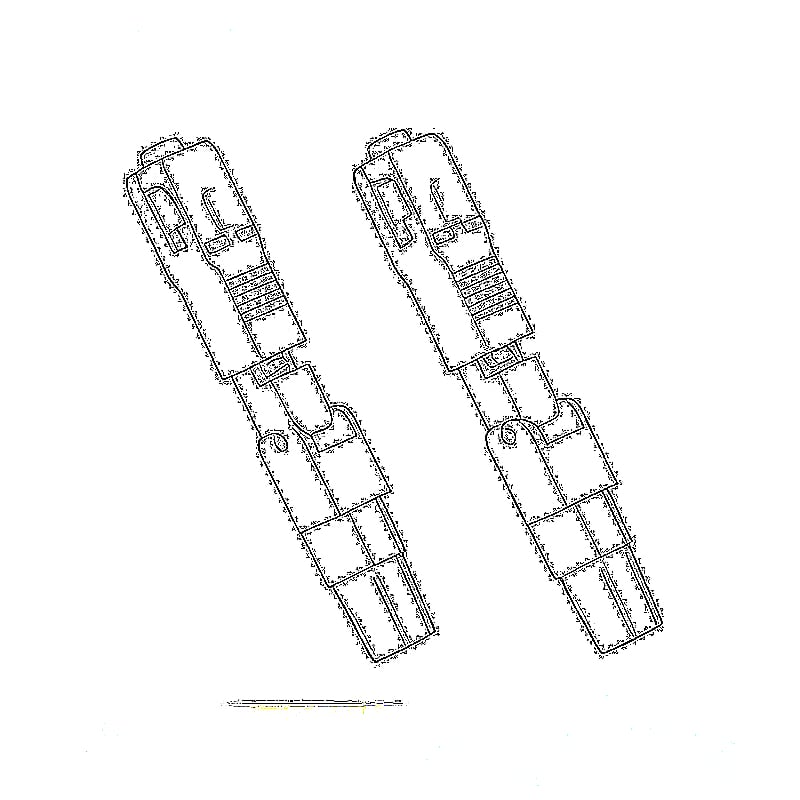
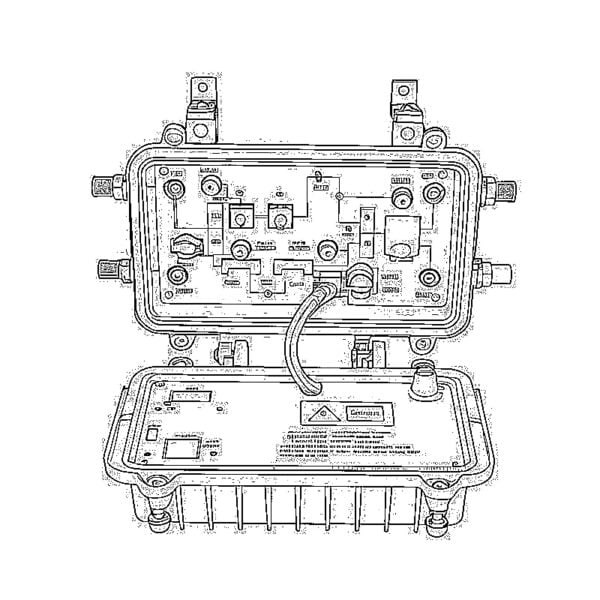
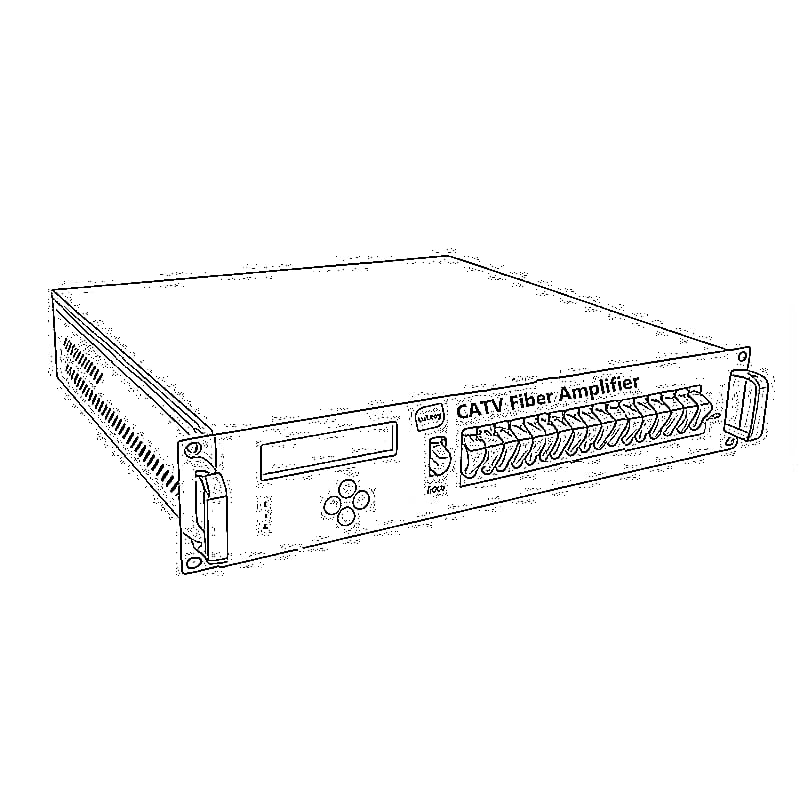
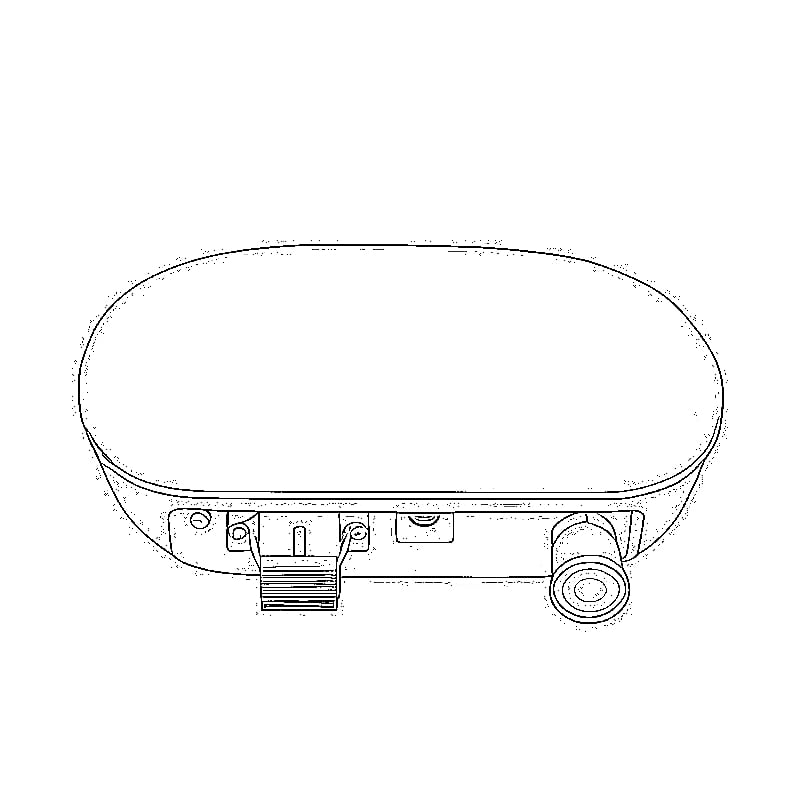
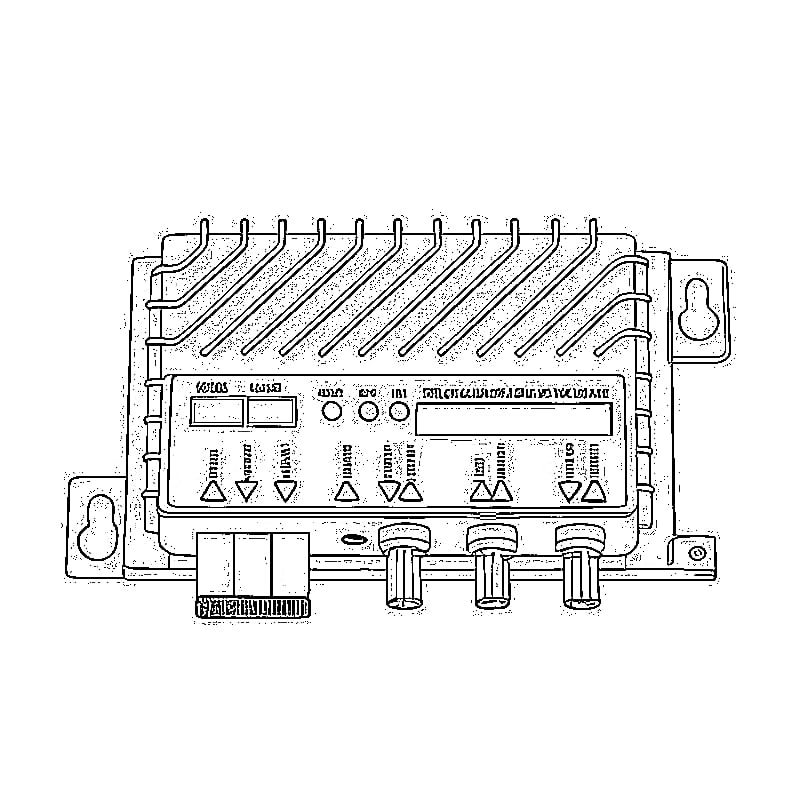

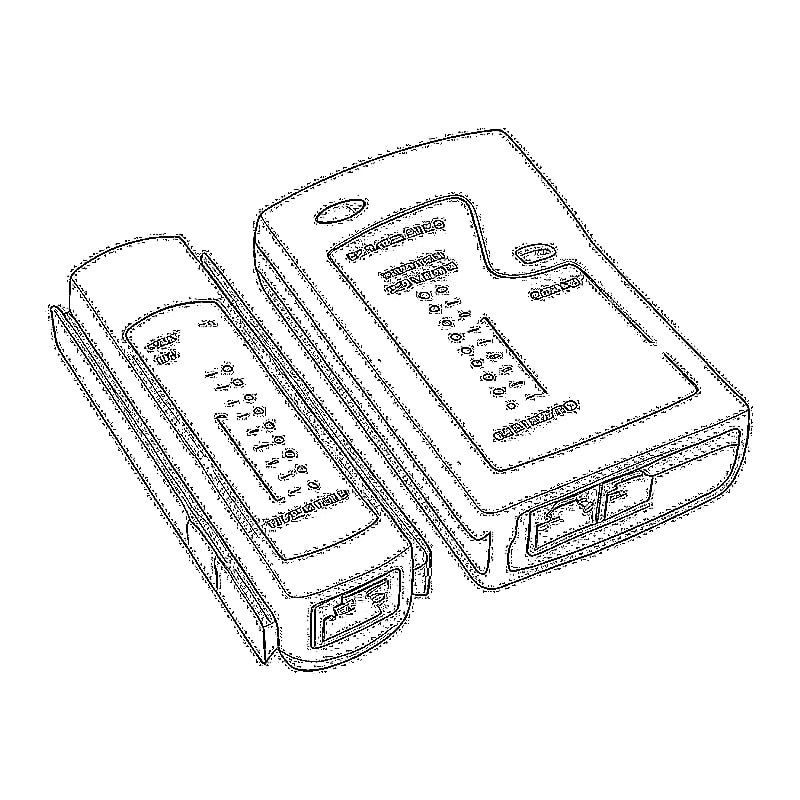
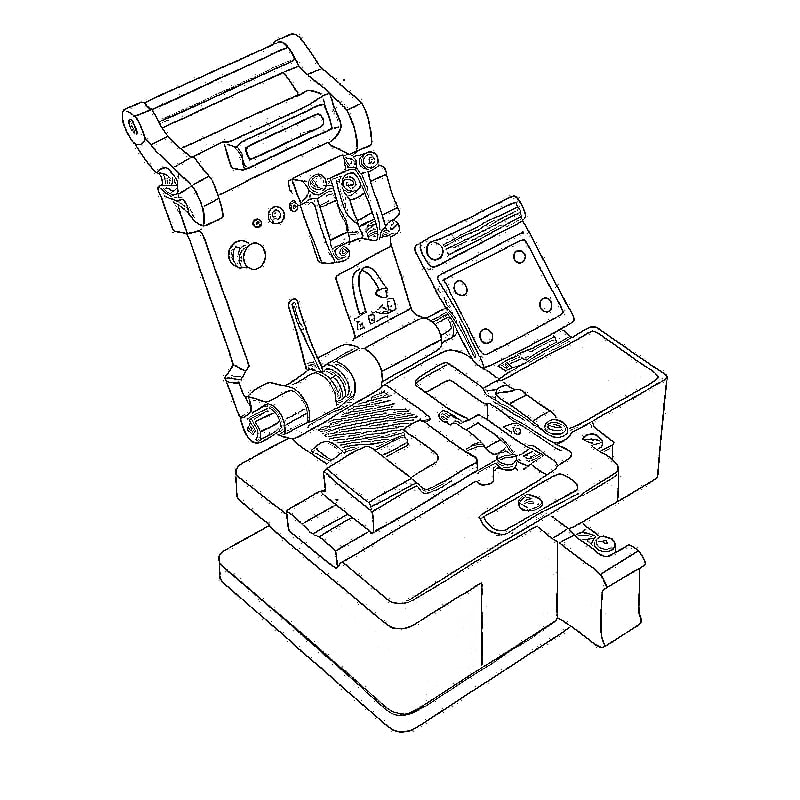
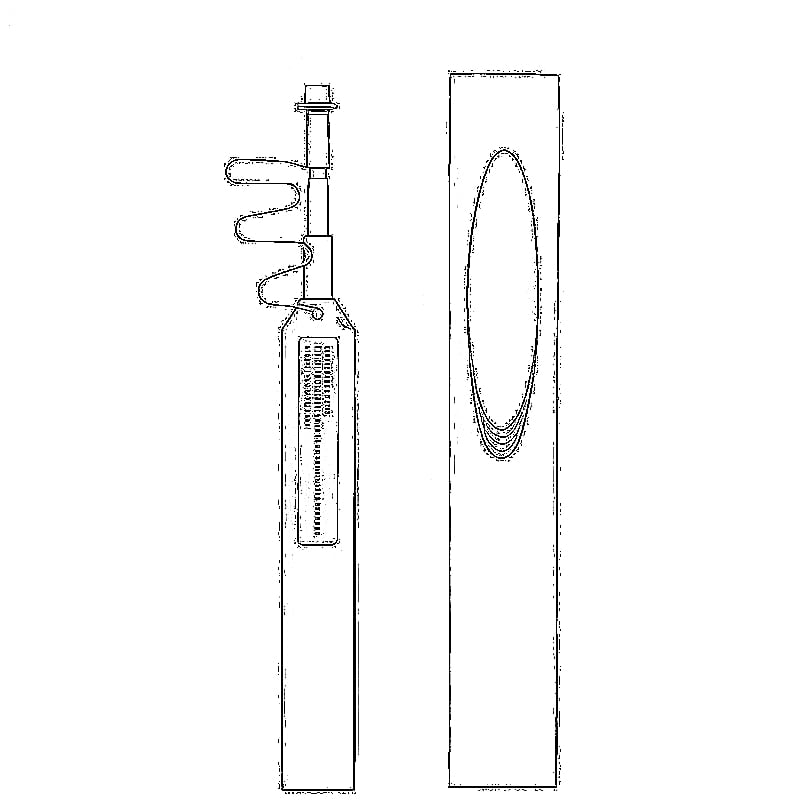
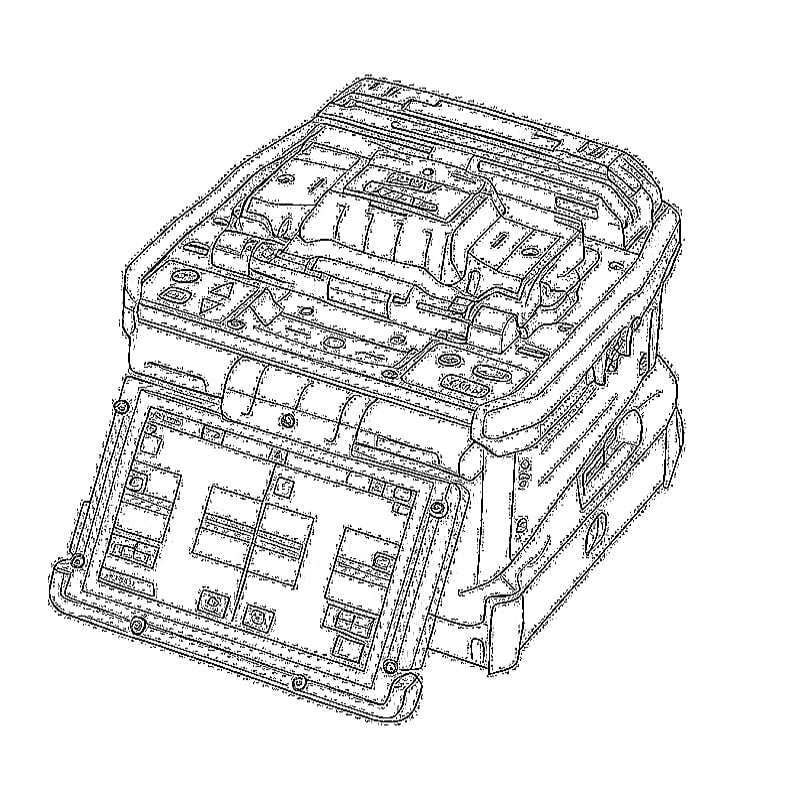
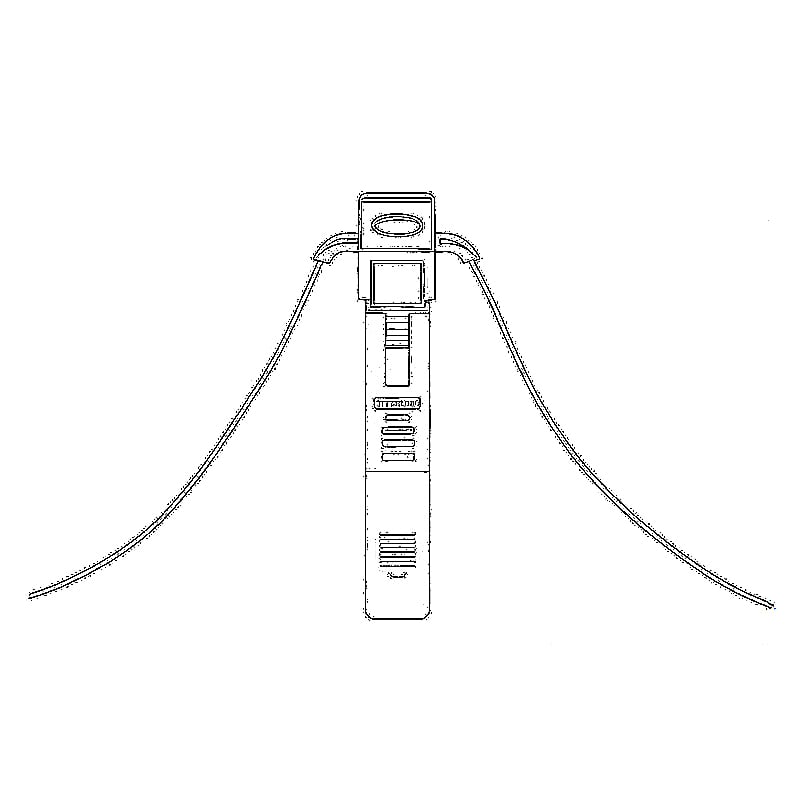

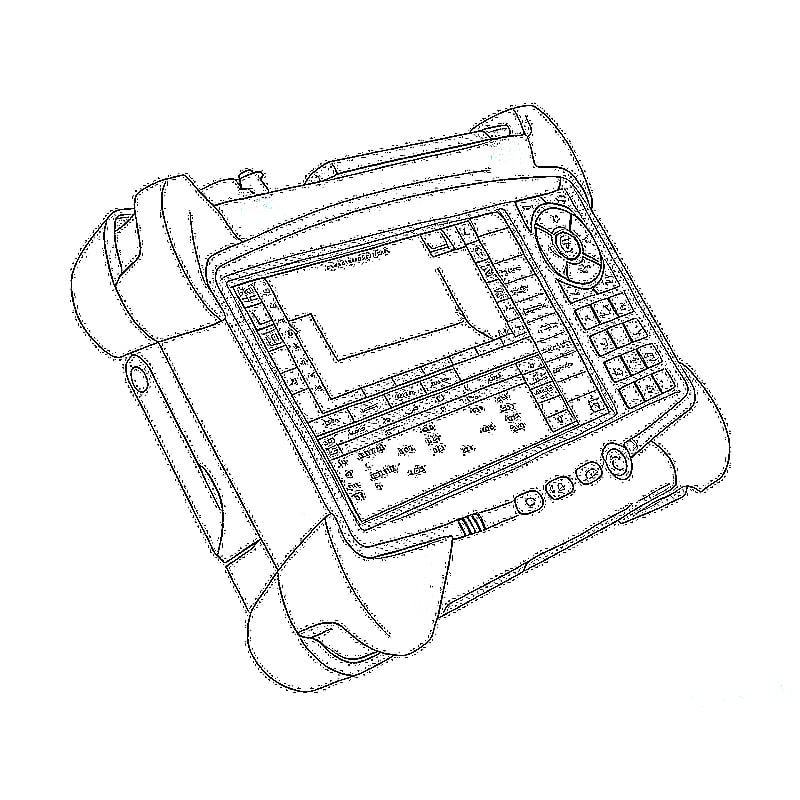
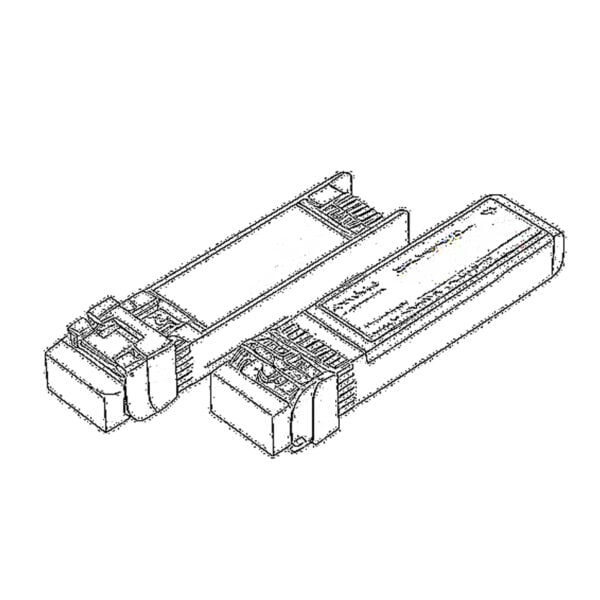 SFP/SFP+ (1G/2.5G/5G/10G)
SFP/SFP+ (1G/2.5G/5G/10G)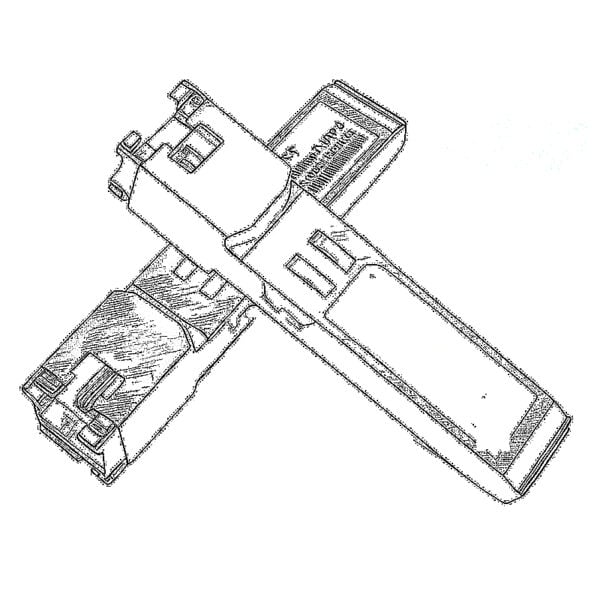 SFP-T (1G/2.5G/10G)
SFP-T (1G/2.5G/10G)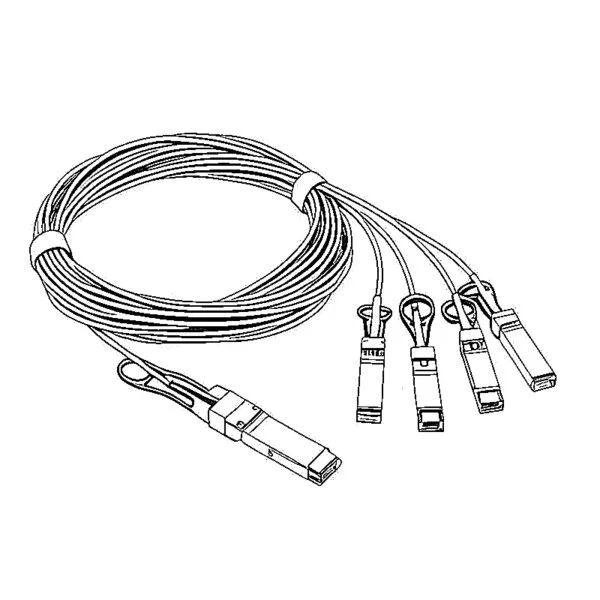 AOC Cable 10G/25G/40G/100G
AOC Cable 10G/25G/40G/100G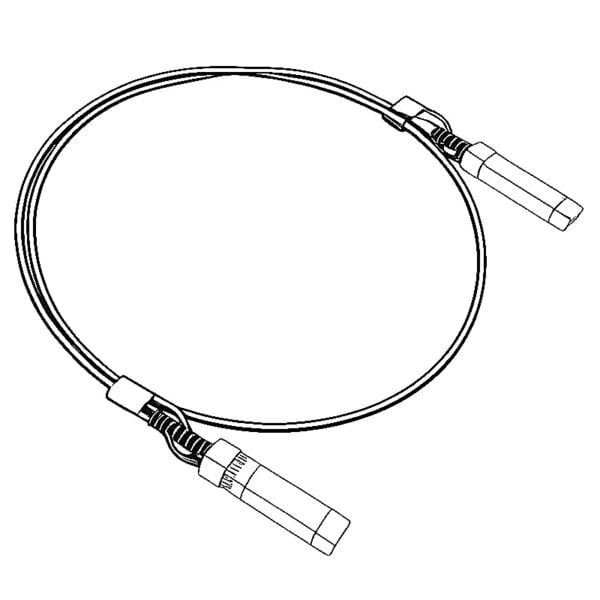 DAC Cable 10G/25G/40G/100G
DAC Cable 10G/25G/40G/100G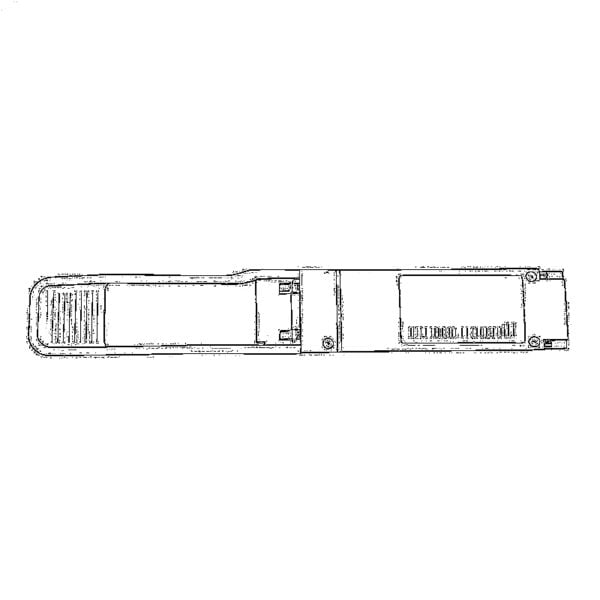 QSFP28 QSFP+ SFP28 100G/40G/25G
QSFP28 QSFP+ SFP28 100G/40G/25G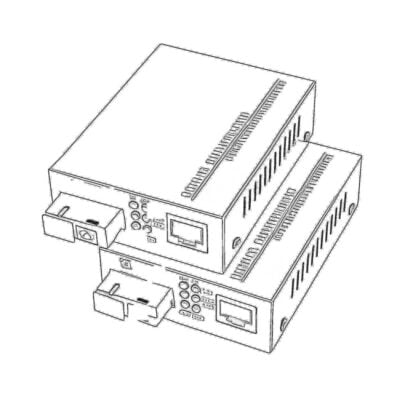 Copper to Fiber Media Converters
Copper to Fiber Media Converters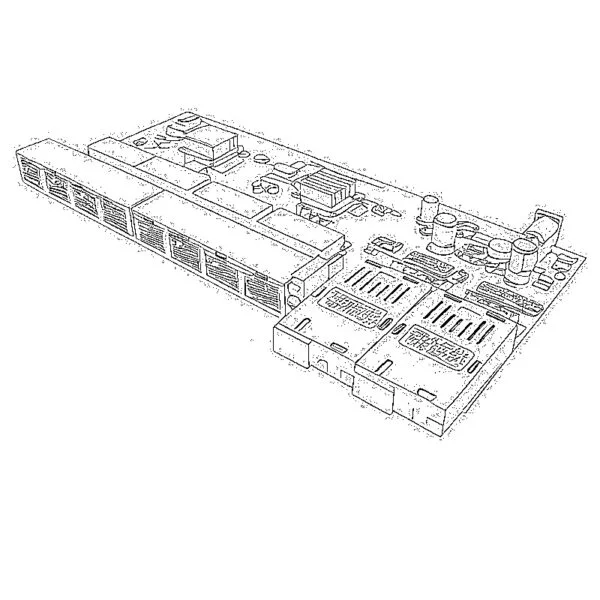 Fiber Media Converter PCBA Board
Fiber Media Converter PCBA Board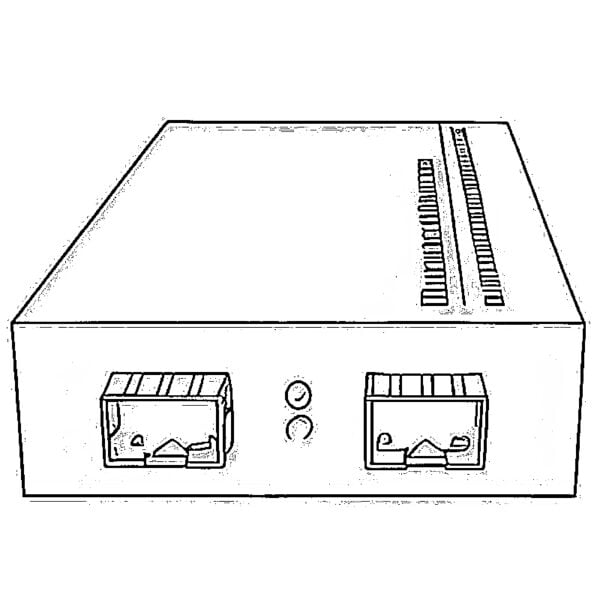 OEO Fiber Media Converters
OEO Fiber Media Converters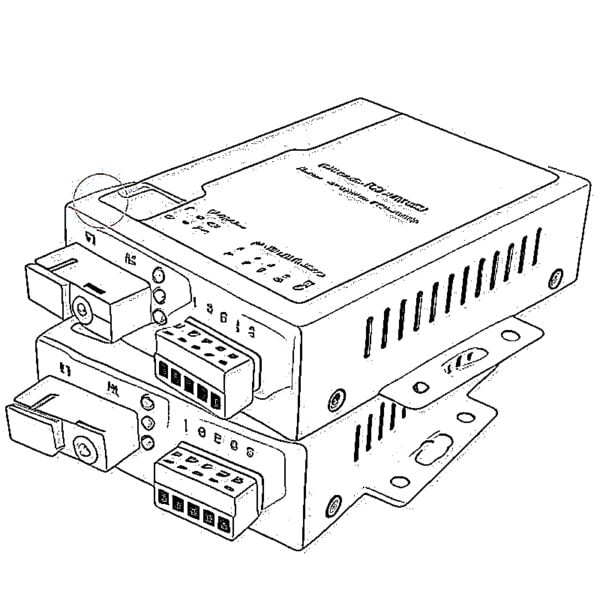 Serial to Fiber Media Converters
Serial to Fiber Media Converters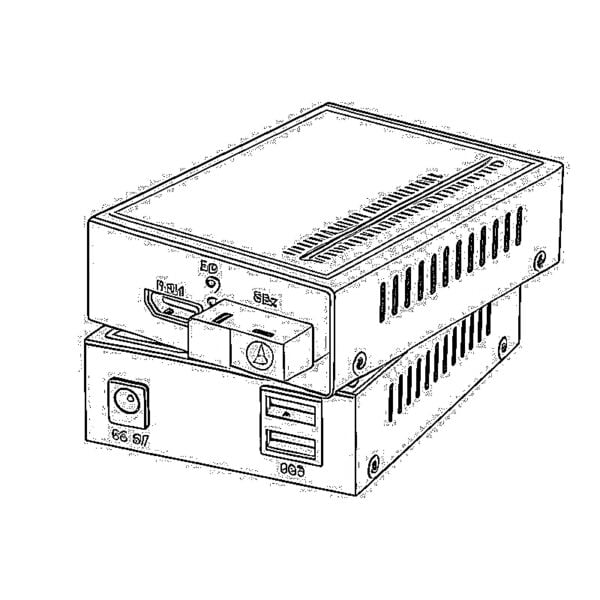 Video to Fiber Media Converters
Video to Fiber Media Converters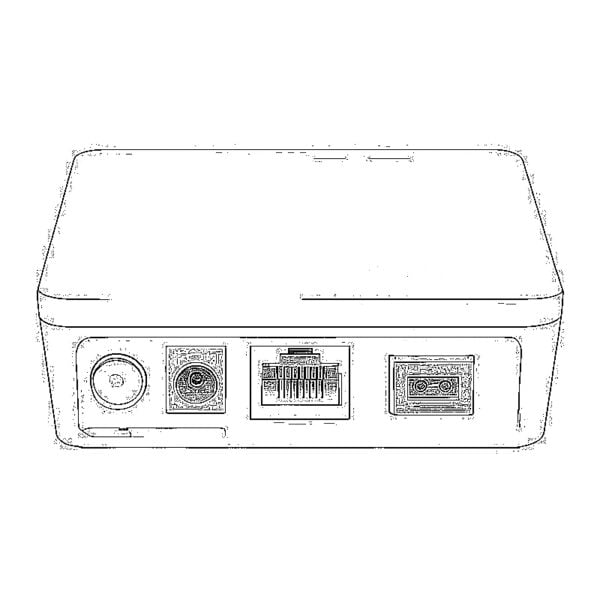 1000M GPON/EPON ONU
1000M GPON/EPON ONU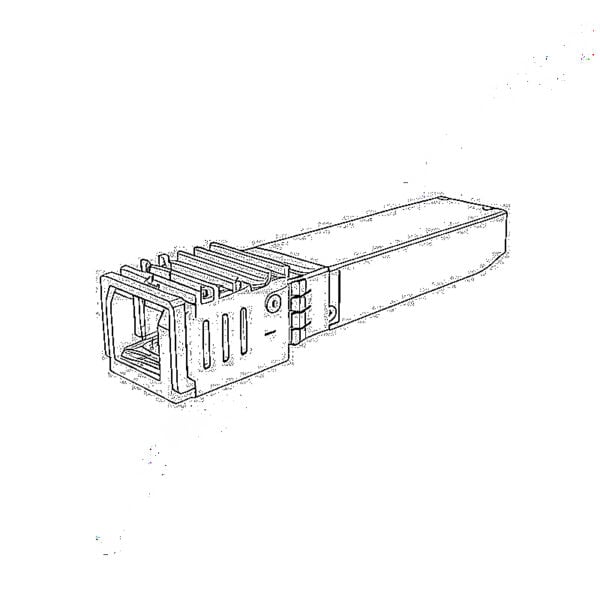 10G EPON ONU/XG-PON/XGS-PON
10G EPON ONU/XG-PON/XGS-PON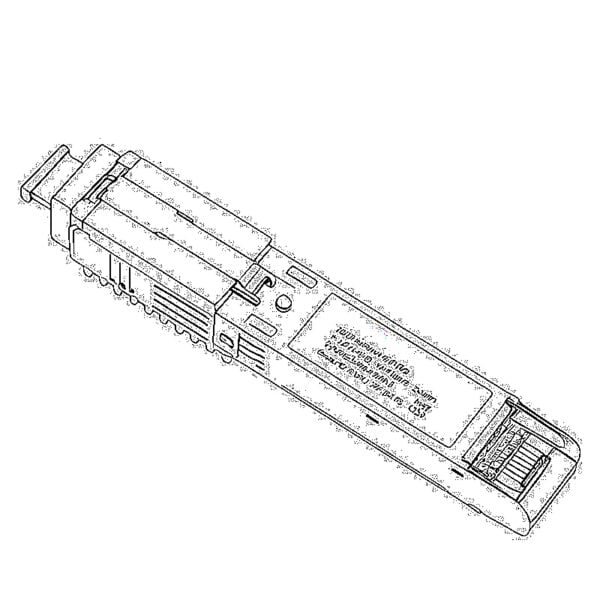 2.5G GPON/XPON STICK SFP ONU
2.5G GPON/XPON STICK SFP ONU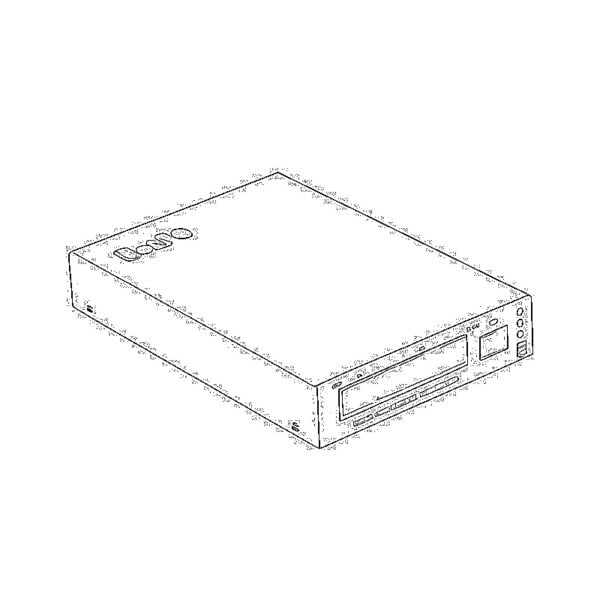 POE GPON/EPON ONU
POE GPON/EPON ONU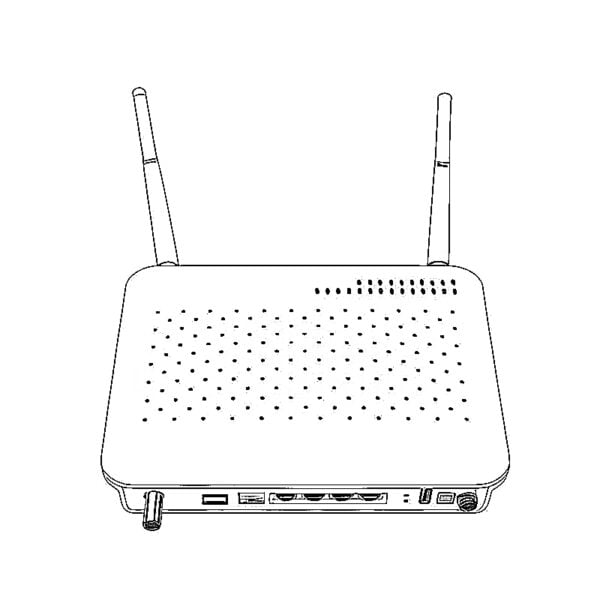 Wireless GPON/EPON ONT
Wireless GPON/EPON ONT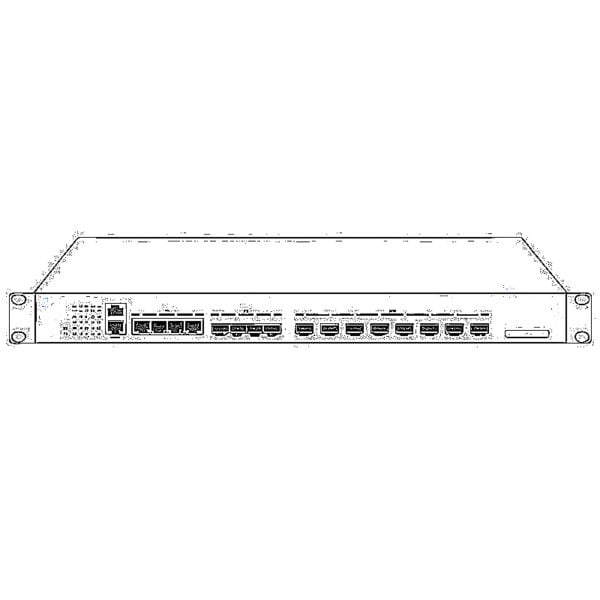 EPON OLT
EPON OLT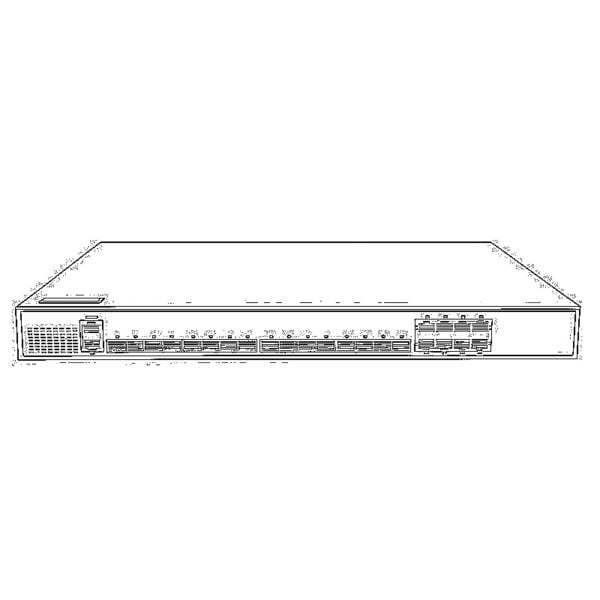 GPON OLT
GPON OLT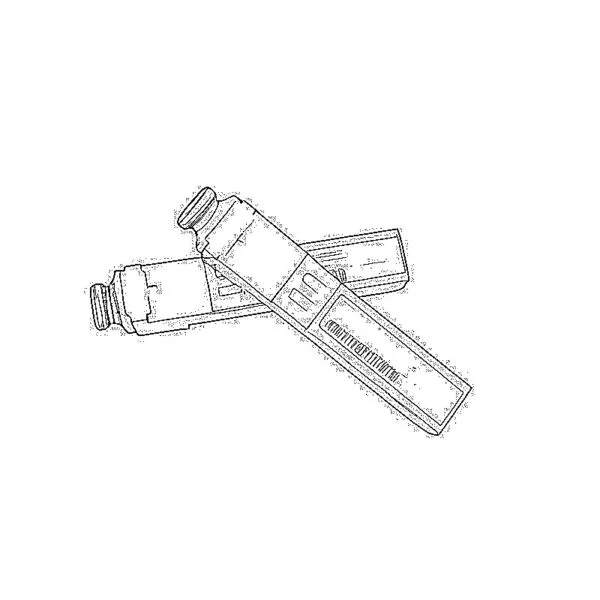 SFP PON Module
SFP PON Module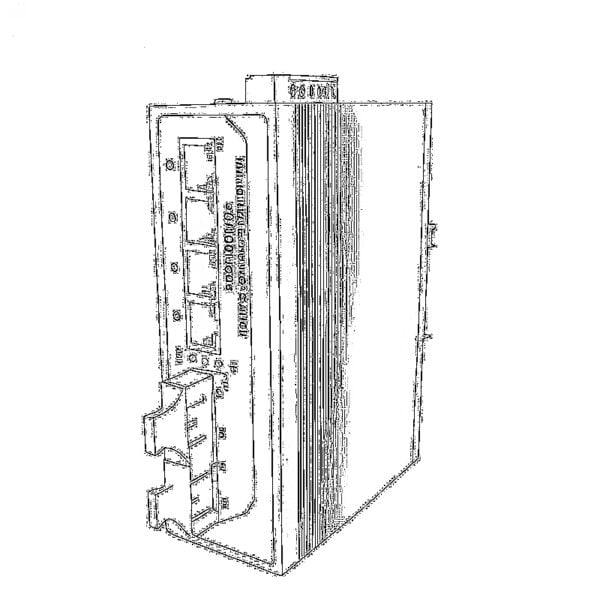 Industrial Switches
Industrial Switches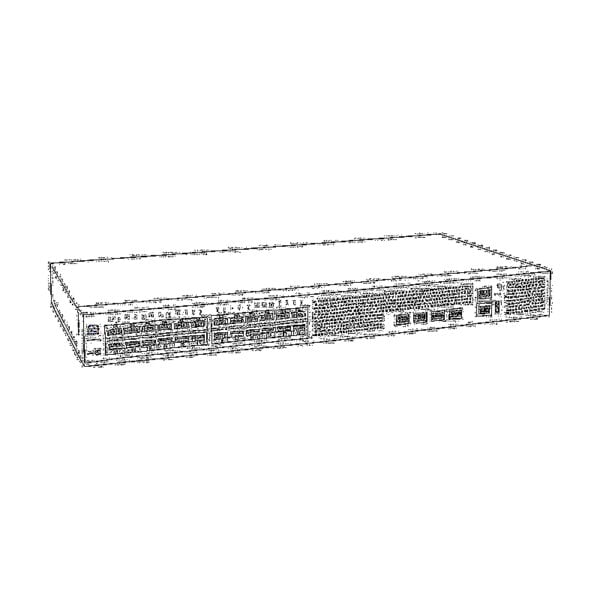 Managed Switches
Managed Switches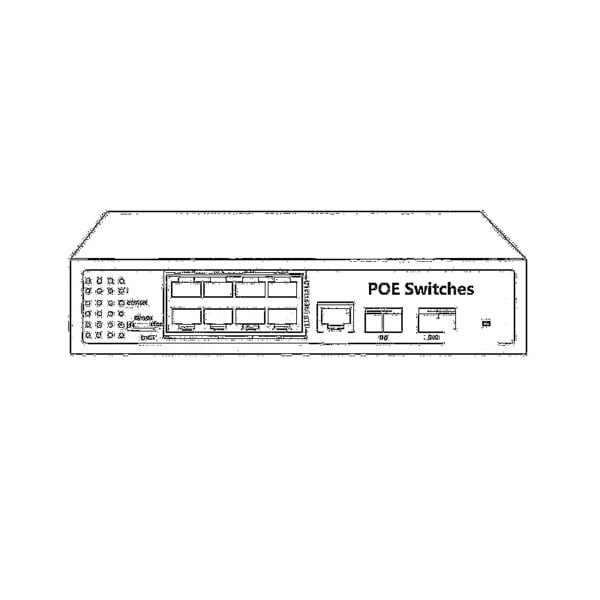 POE Switches
POE Switches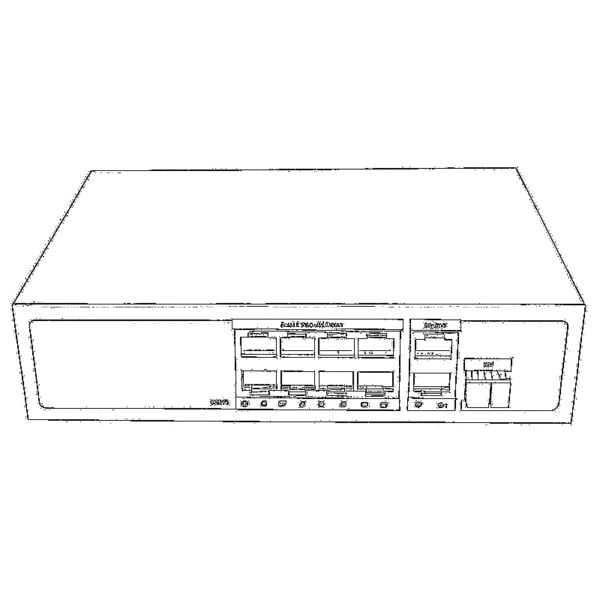 Unmanaged Switches
Unmanaged Switches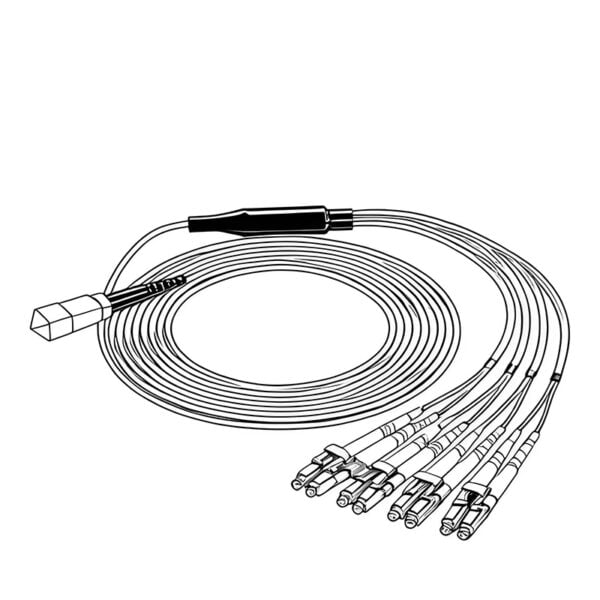 MTP/MPO Fiber Cables
MTP/MPO Fiber Cables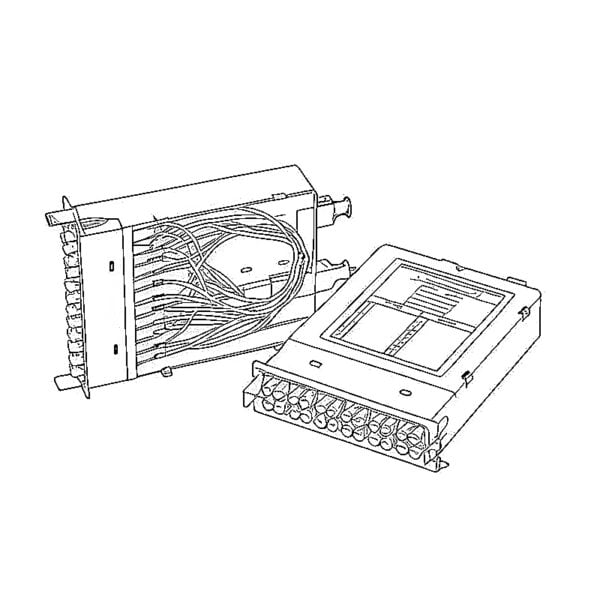 Fiber Optic Cassettes
Fiber Optic Cassettes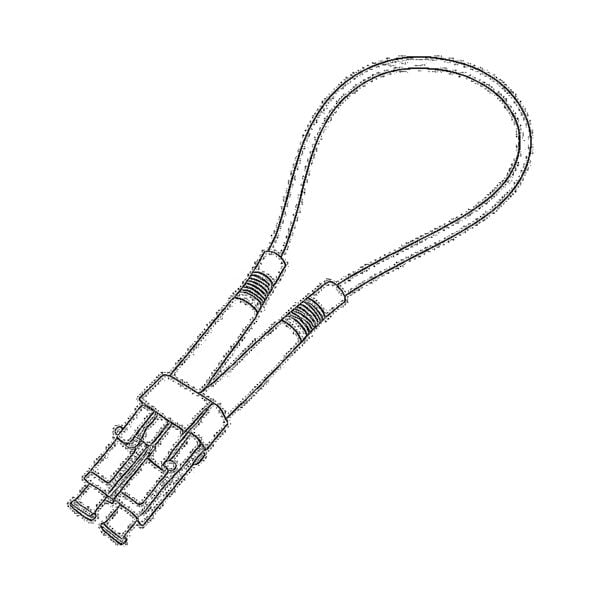 Fiber Optic Loopback
Fiber Optic Loopback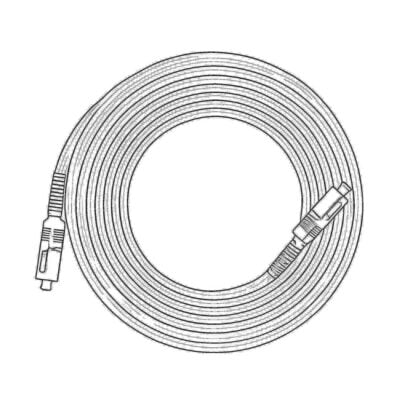 Optic Cables and Fiber Pigtails
Optic Cables and Fiber Pigtails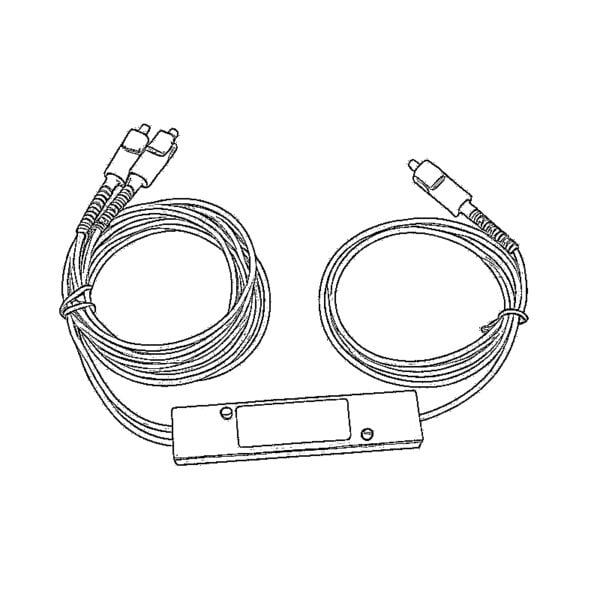 Optical Splitters and Splitter Box
Optical Splitters and Splitter Box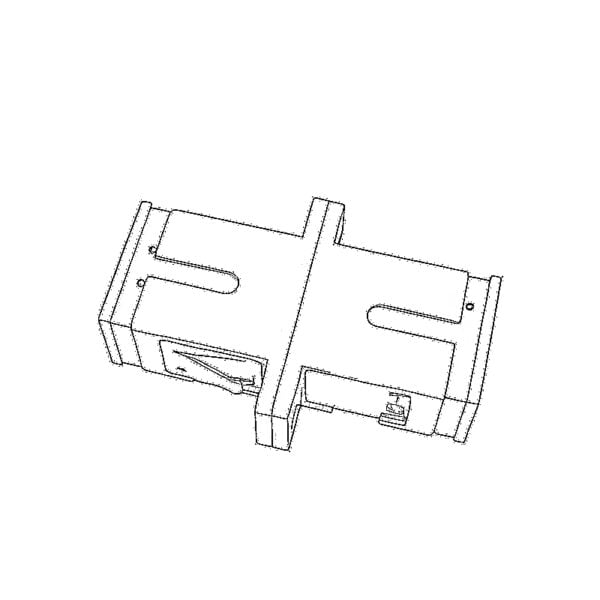 Fiber Flange Connectors
Fiber Flange Connectors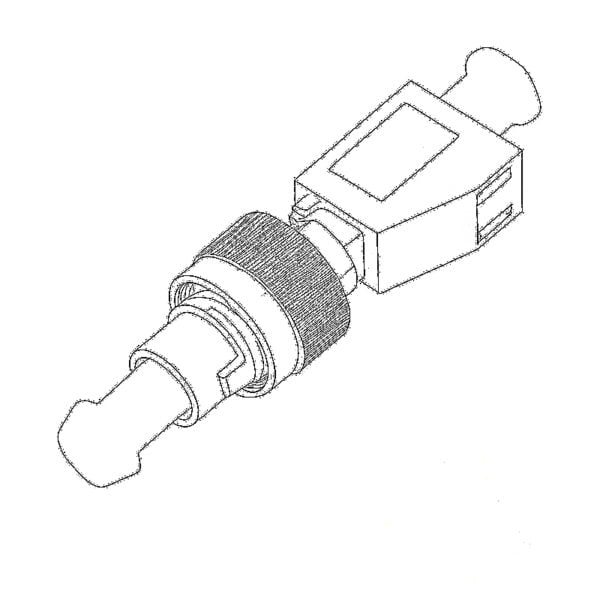 Optical Adapters
Optical Adapters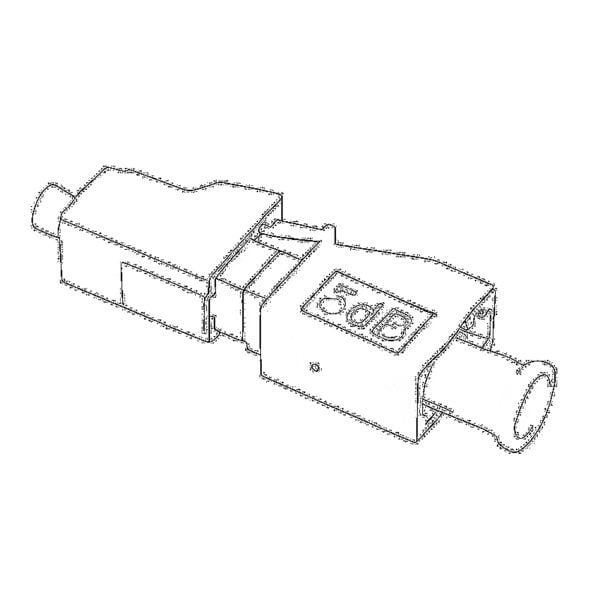 Optical Attenuator
Optical Attenuator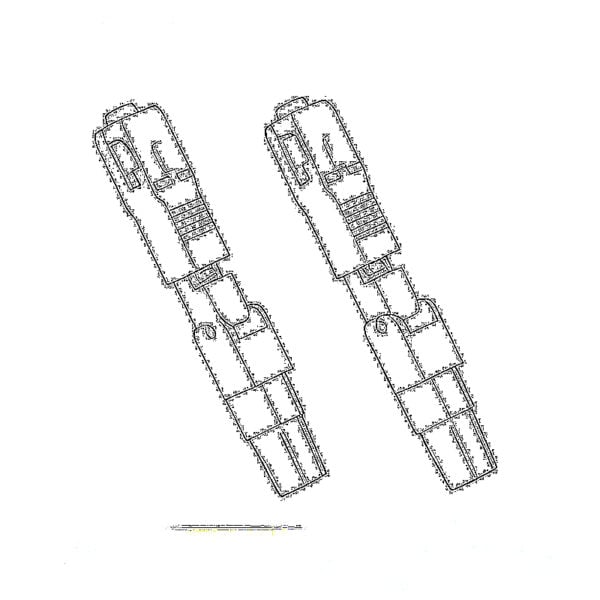 Quick Connector and Connector Panel
Quick Connector and Connector Panel CATV Amplifier
CATV Amplifier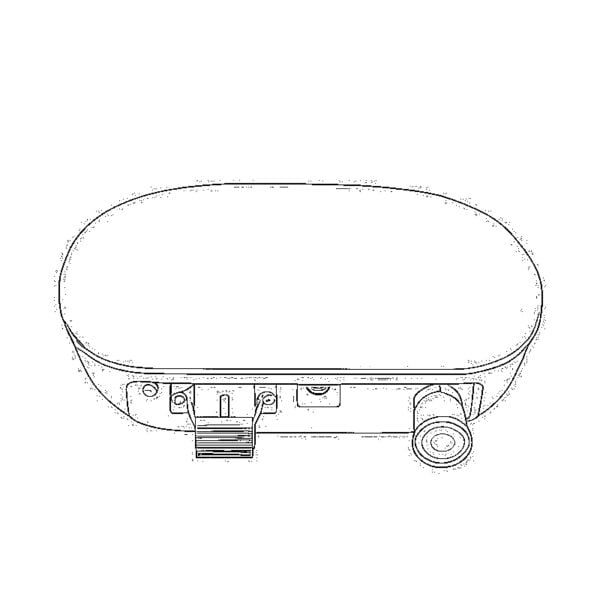 CATV Optical Receiver
CATV Optical Receiver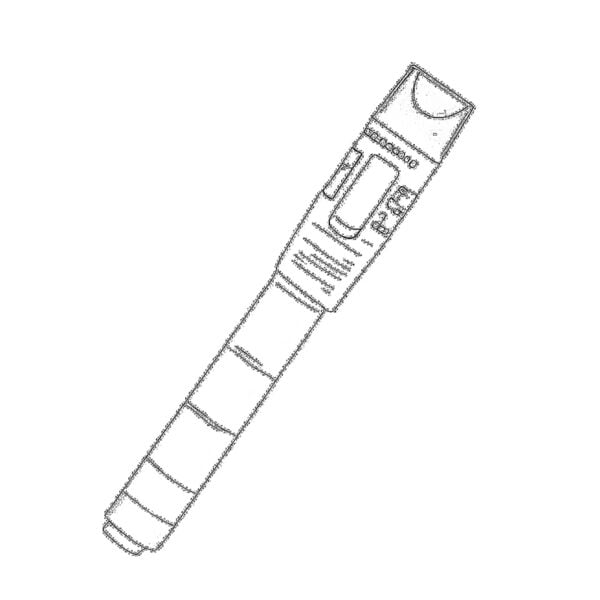 Visual Fault Locator
Visual Fault Locator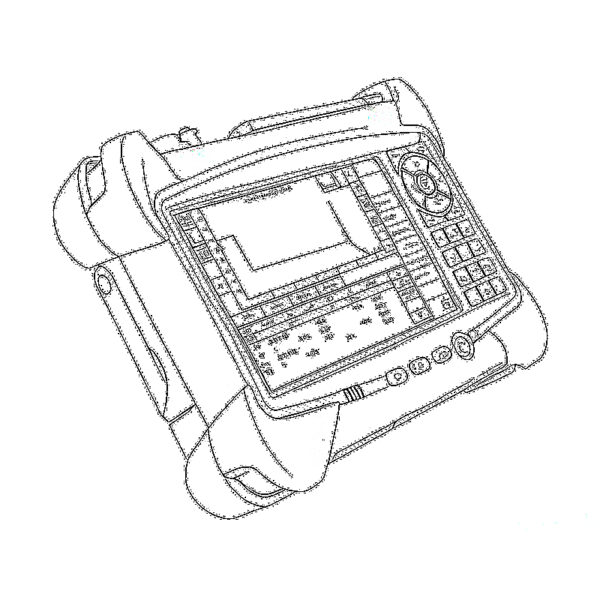 OTDR
OTDR Optical Power Meter
Optical Power Meter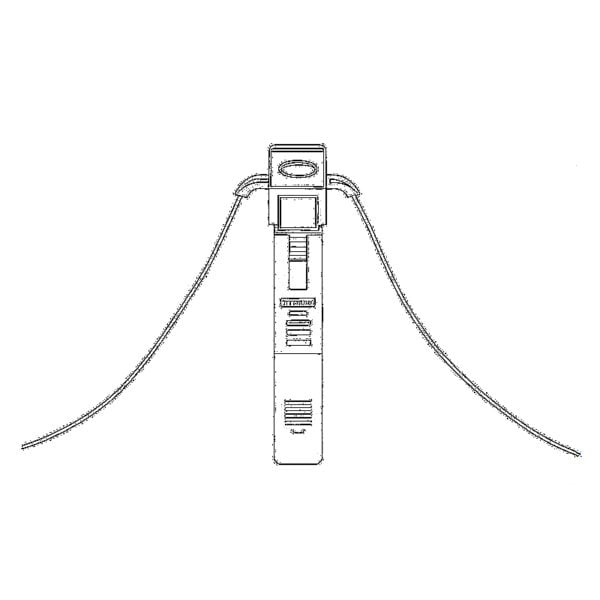 Fiber Optic Identifier
Fiber Optic Identifier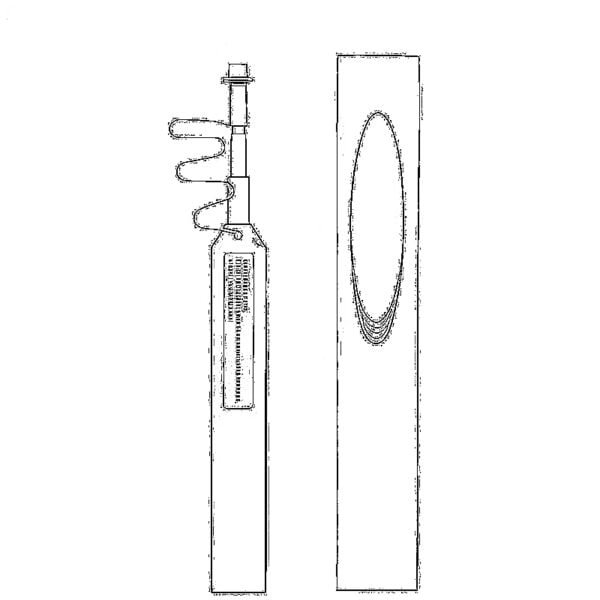 Fiber Optic Cleaners
Fiber Optic Cleaners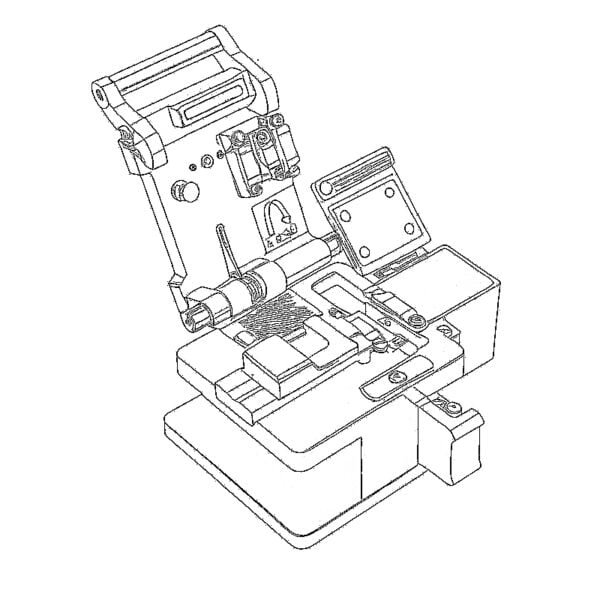 Fiber Cleavers & Fiber Strippers
Fiber Cleavers & Fiber Strippers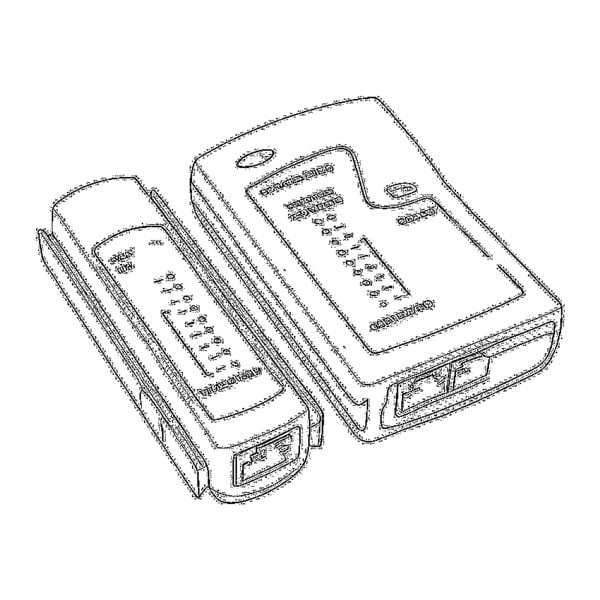 Copper Tools
Copper Tools